Church History Pictures
We had a ward party and I put a lot of these pictures on an 8 x 10 page and then under it I put the info, I had the members try to guess some info about each picture, I have included the files in different forms, in case someone else would like to use them, for a party, FHE or whatever. THESE ARE VERY LARGE FILES, please click here for help
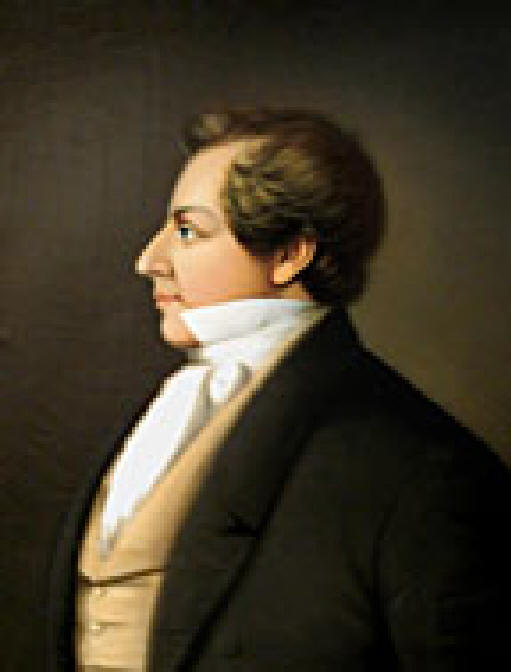
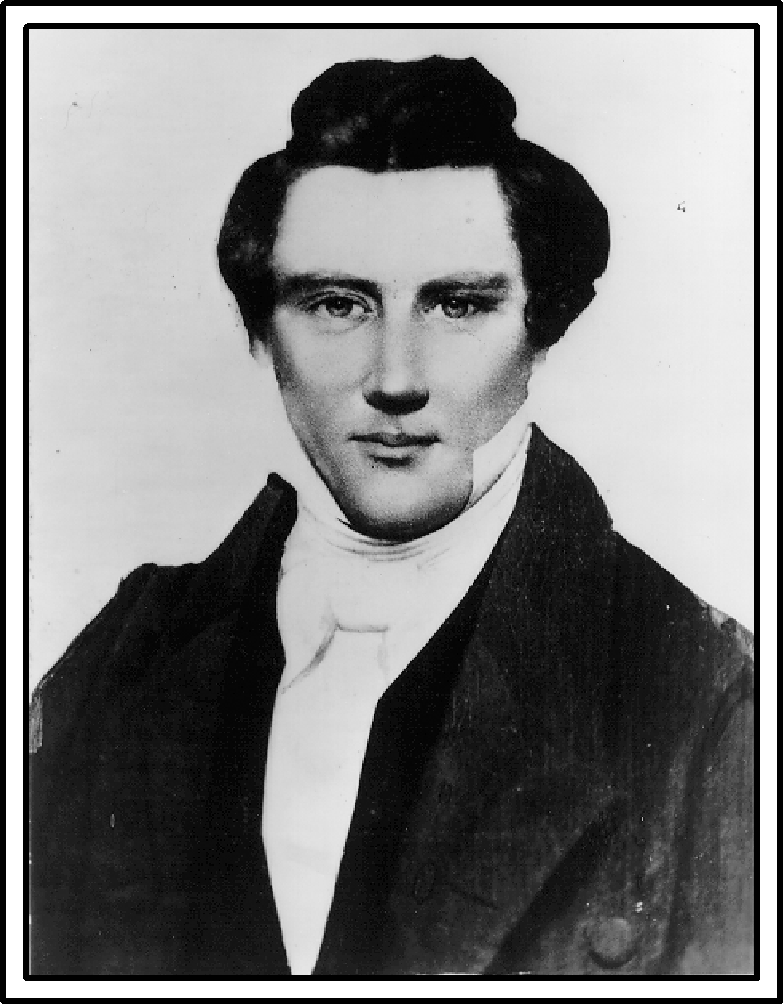
Joseph Smith Jr., 1st President of the Church
Born December 23, 1805, in Sharon, Vermont, Joseph Smith Jr. was the fifth of eleven children of Joseph Smith and Lucy Mack. He worked on the family farm in Vermont and later in western New York. A series of remarkable spiritual experiences prepared him for his prophetic calling. Beginning in 1820 at Palmyra, New York, Joseph Smith saw God the Father and Jesus Christ in vision. Through revelation, he translated and published the Book of Mormon, organized The Church of Jesus Christ of Latter-day Saints on April 6, 1830, and received revelations to guide the Church. By inspiration, he called Apostles and other Church leaders, defined doctrines, and taught the principles and ordinances that would lead to exaltation. Under his leadership, Latter-day Saints founded communities in Ohio, Missouri, and Illinois. He was sustained as First Elder of the Church on April 6, 1830. On June 27, 1844, at Carthage, Illinois, Joseph Smith died a martyr to his faith.
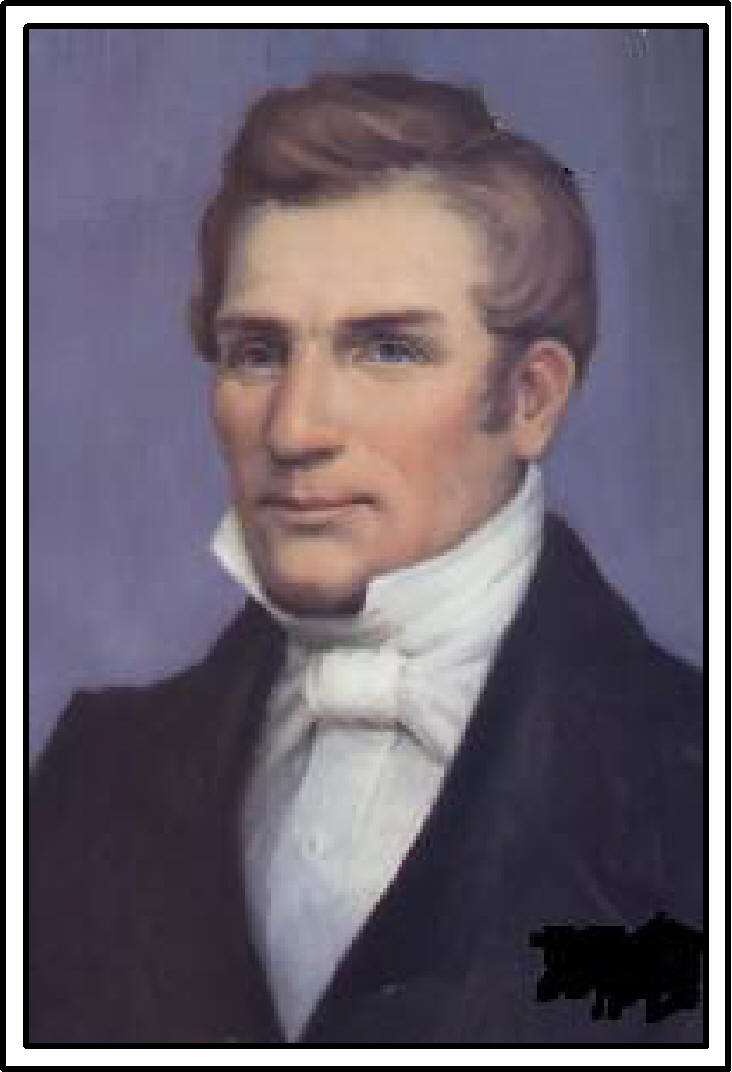
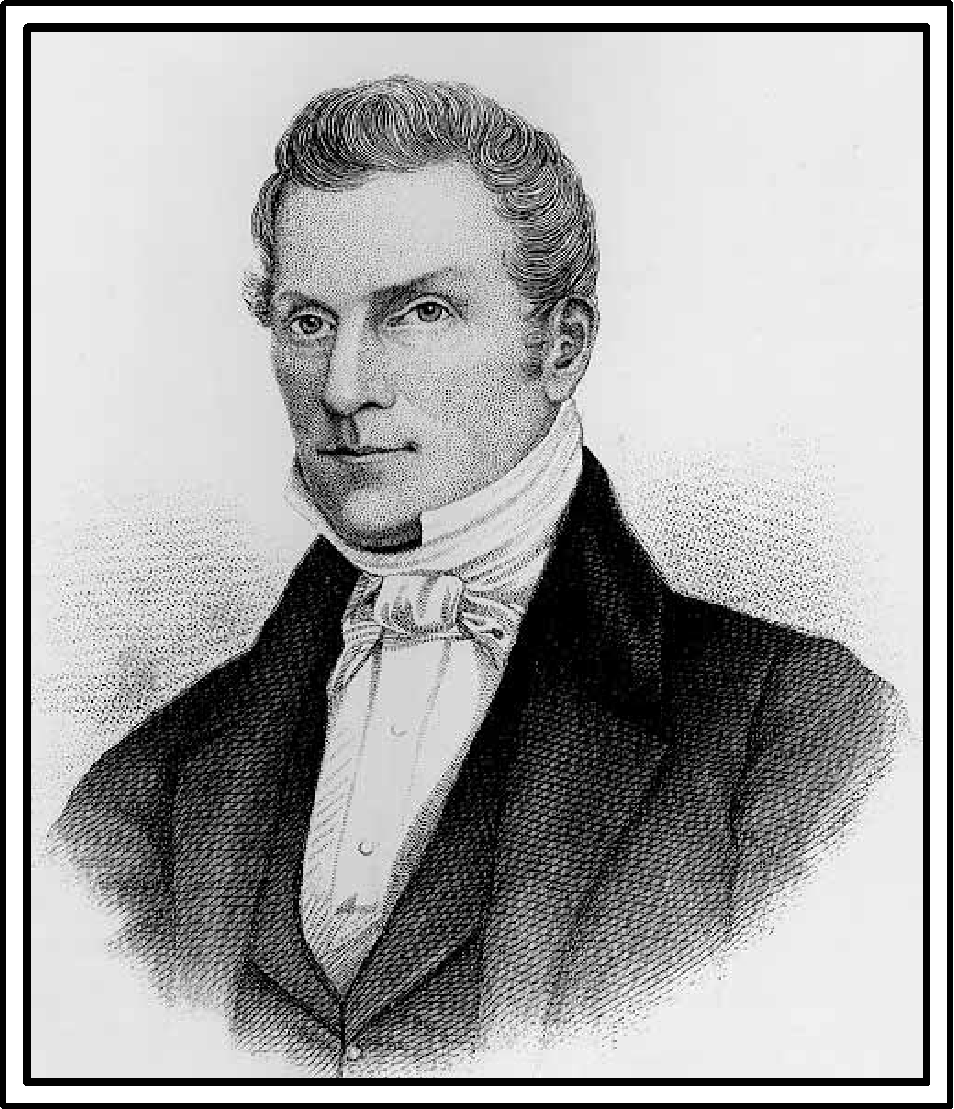
Hyrum Smith (1800*1844) was the older brother of the Prophet Joseph. He was martyred with this brother in Carthage, Illinois, in June of 1844.
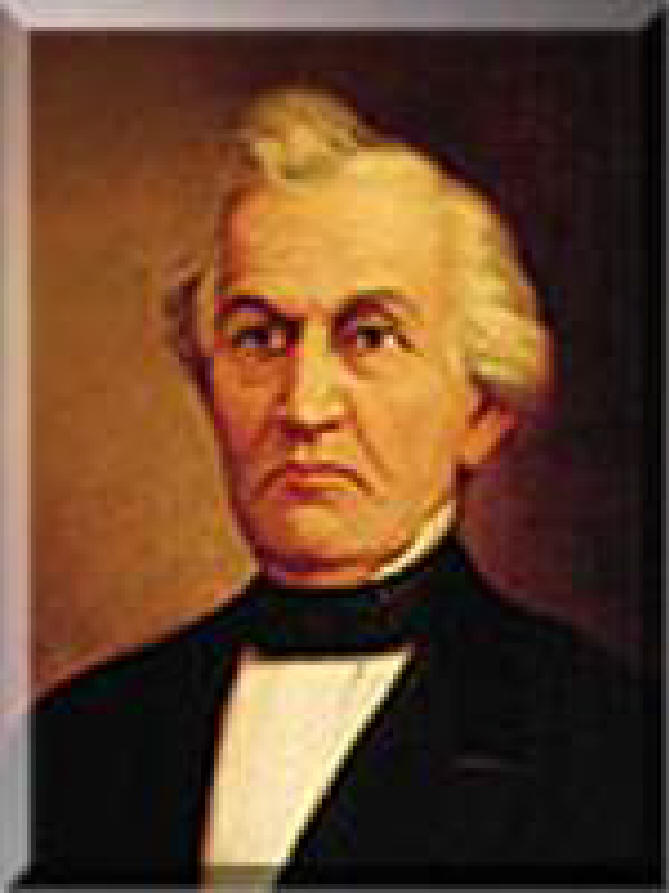
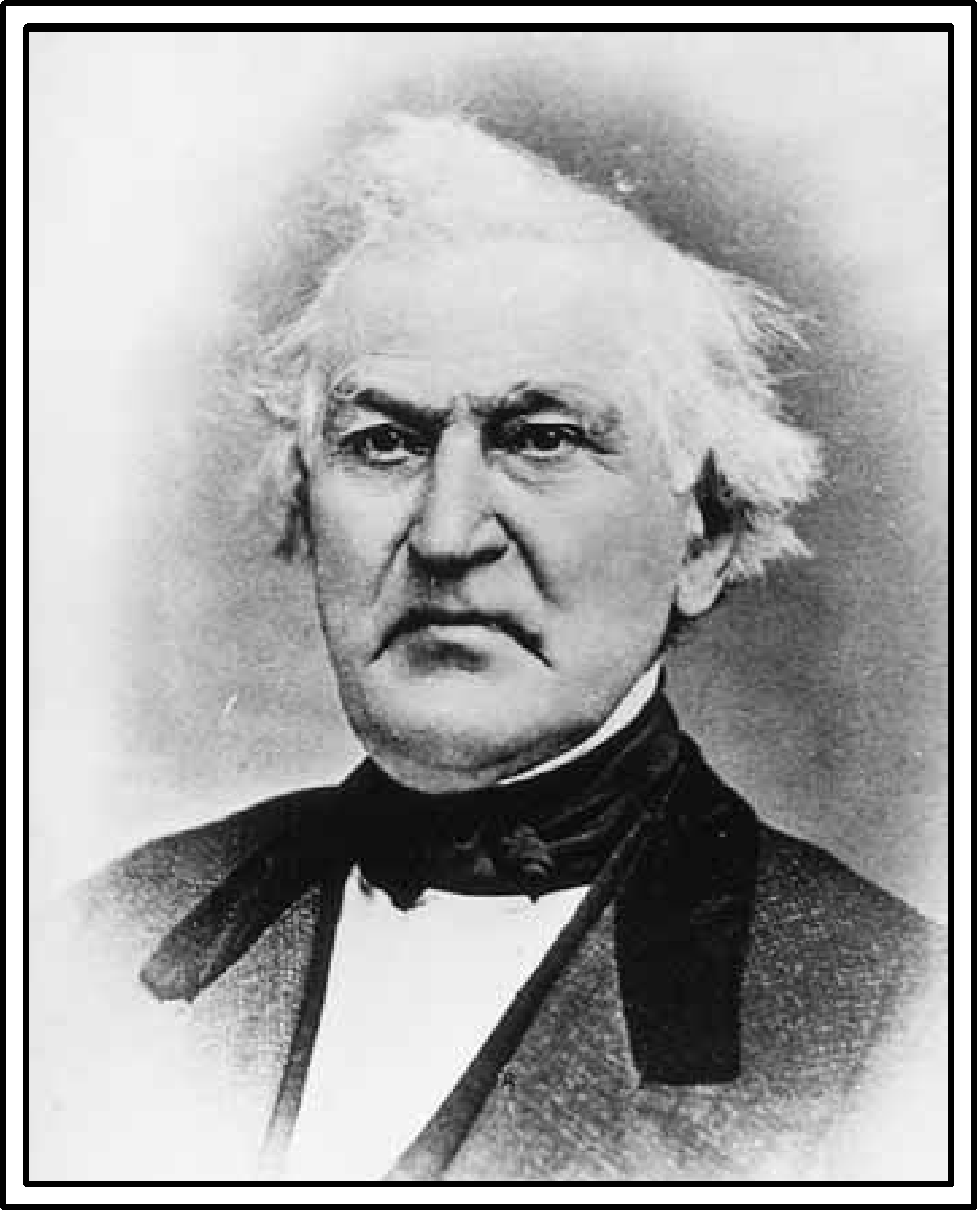
David Whitmer (1805*88) was one of the three witnesses of the Book of Mormon. He died in Richmond, Missouri, at the age of eighty-four.
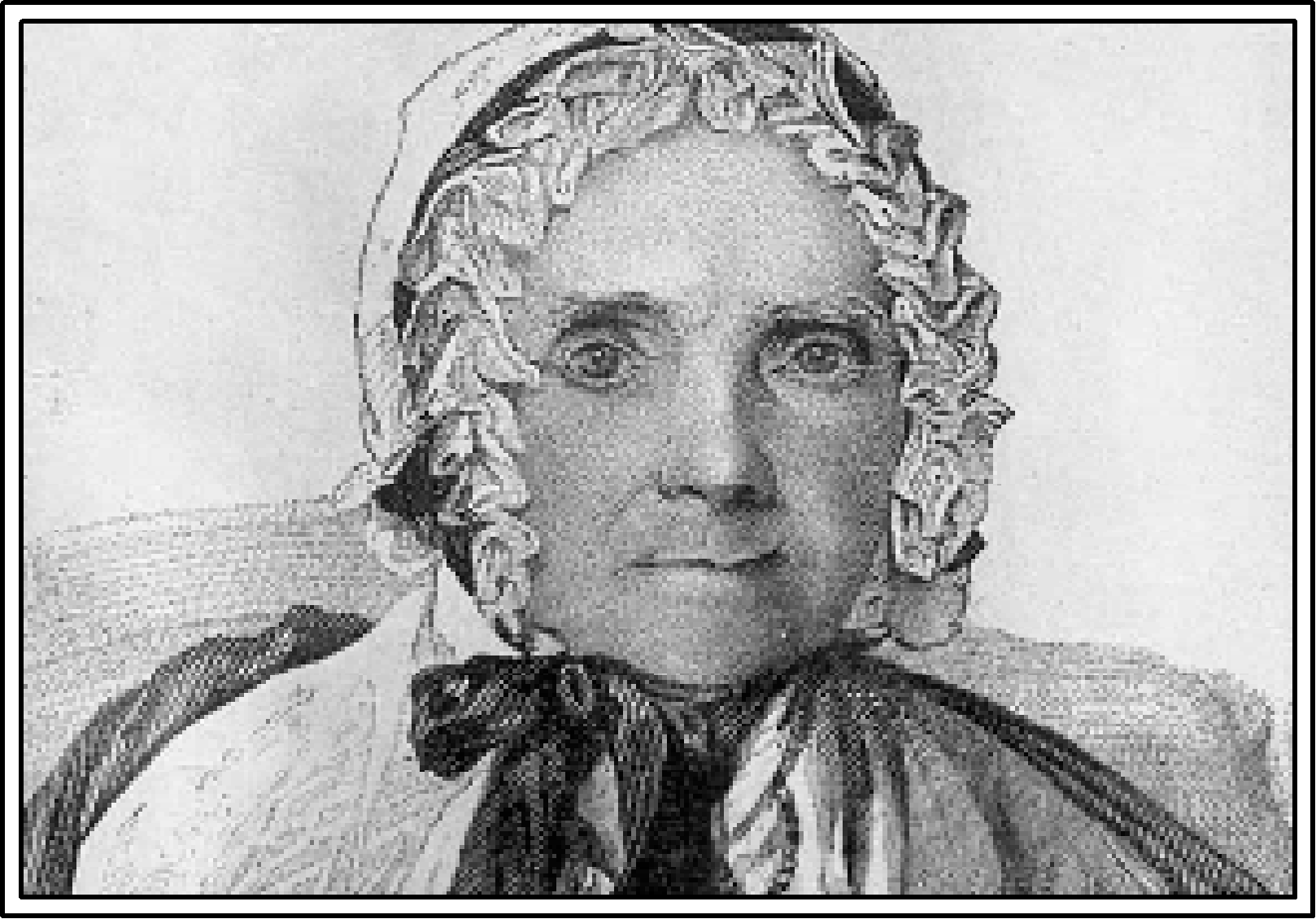
Lucy Mack Smith, mother of the Prophet
Lucy Mack Smith was born July 8, 1775 at Gilsum, Cheshire County, New Hampshire. She married Joseph Smith, Sr. January 24, 1796 at Turnbridge, Vermont. They were the parents of eight sons and three daughters. Lucy was baptized April 6, 1830 at Fayette, New York and endowed on or before October 8, 1843 in the upper floor of Joseph Smith’s Mansion House and in the Nauvoo Temple on December 11, 1845.
After arriving in Nauvoo, she and her husband lived in a log cabin on the Joseph Smith homestead property. Later they moved into a new home on the southeast corner of Main and Water streets. She then moved into this house after the Mormon Exodus of 1846.
After the death of her son, Joseph, she wanted to go west with the Saints but due to ill health and other considerations, she remained in Nauvoo with her daughter, Lucy Millikin. She died and was buried there in 1856, at the age of eighty
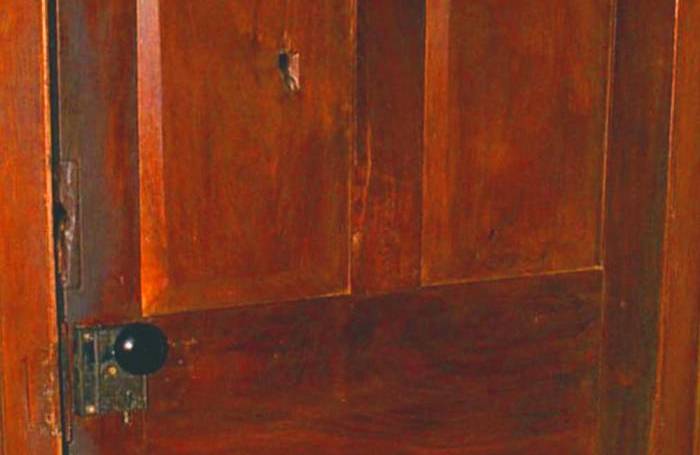
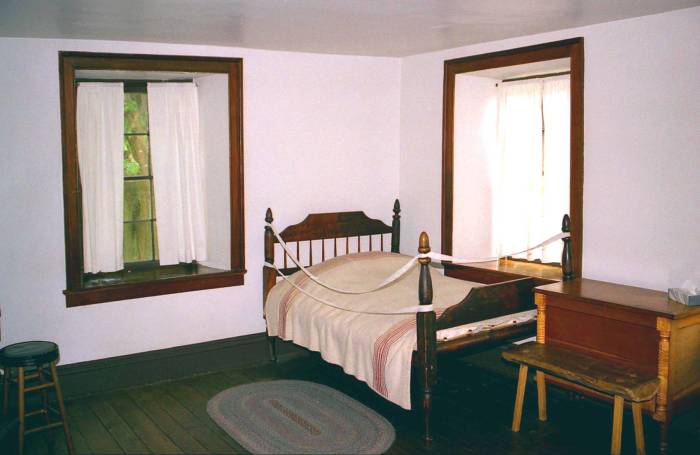
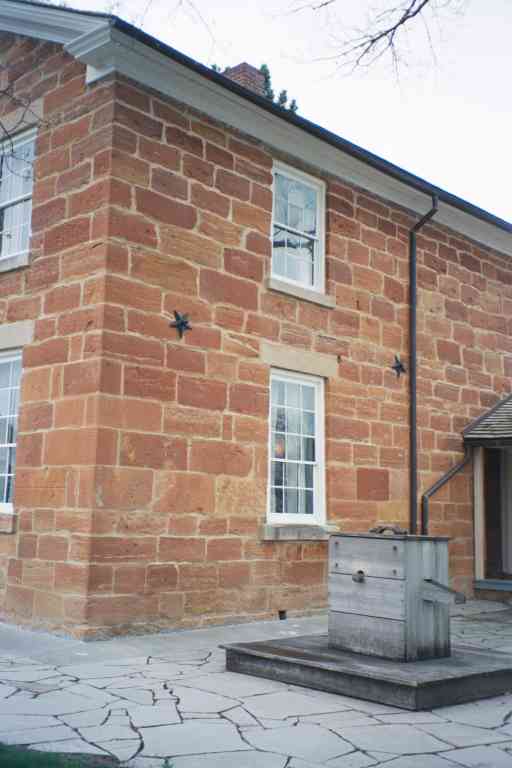
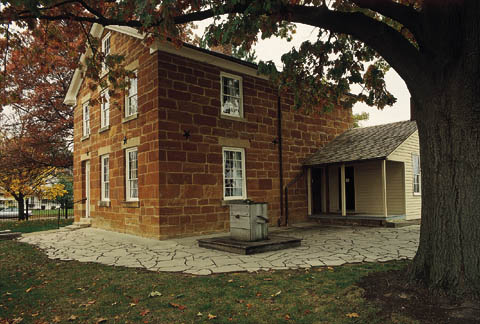
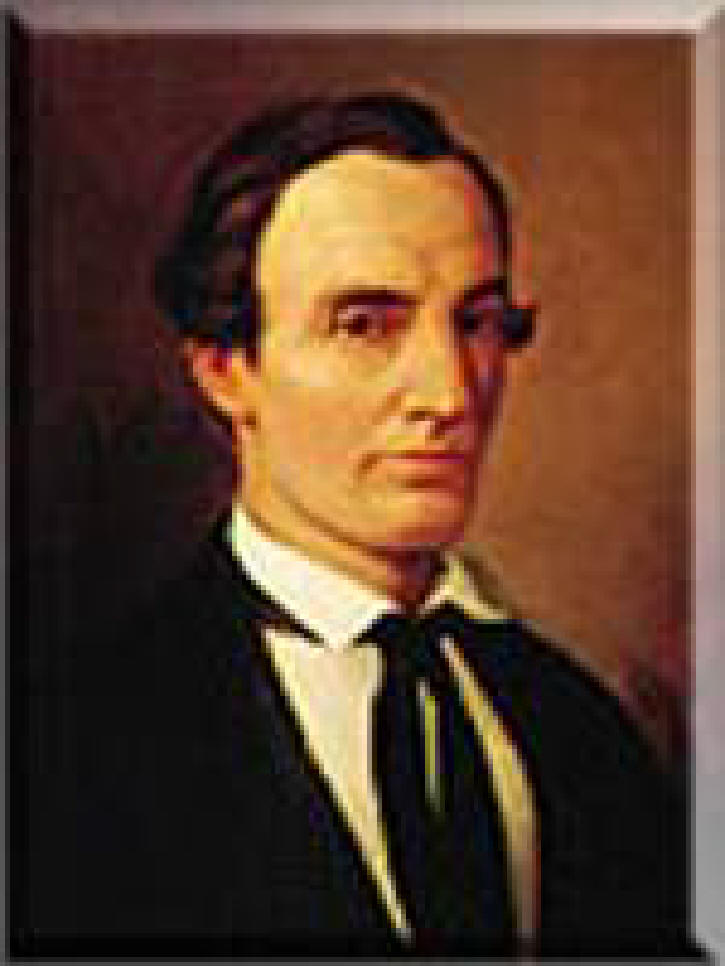
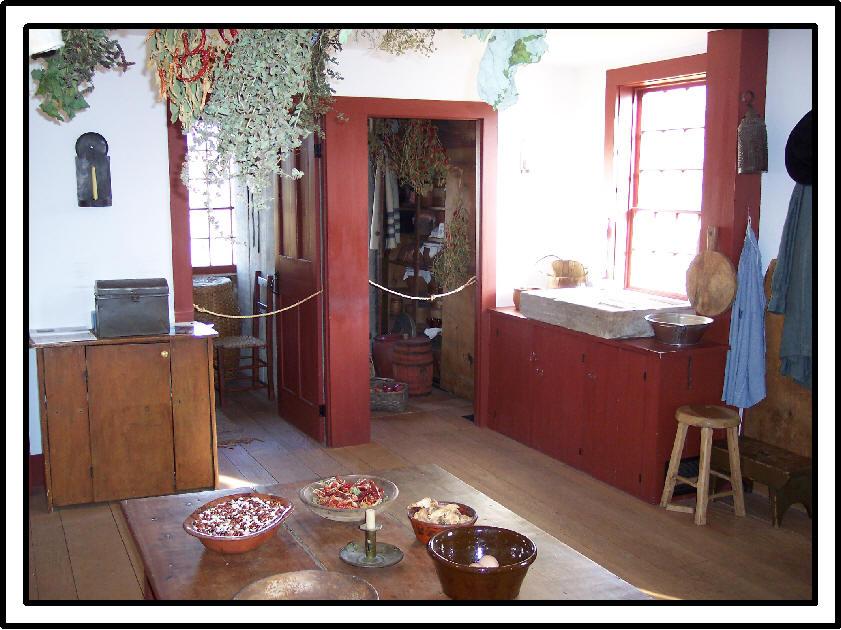
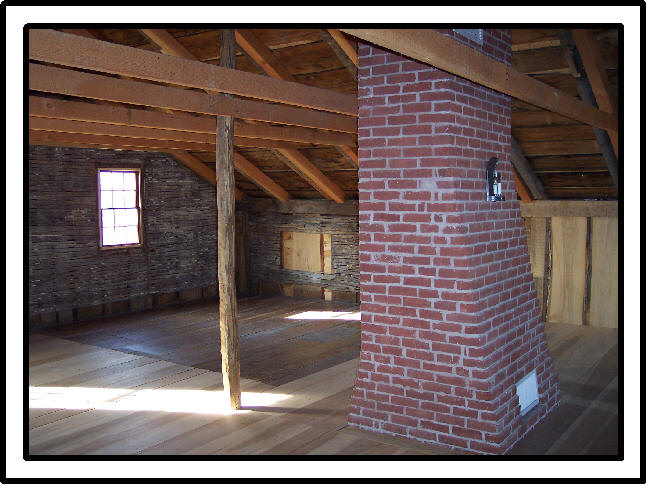
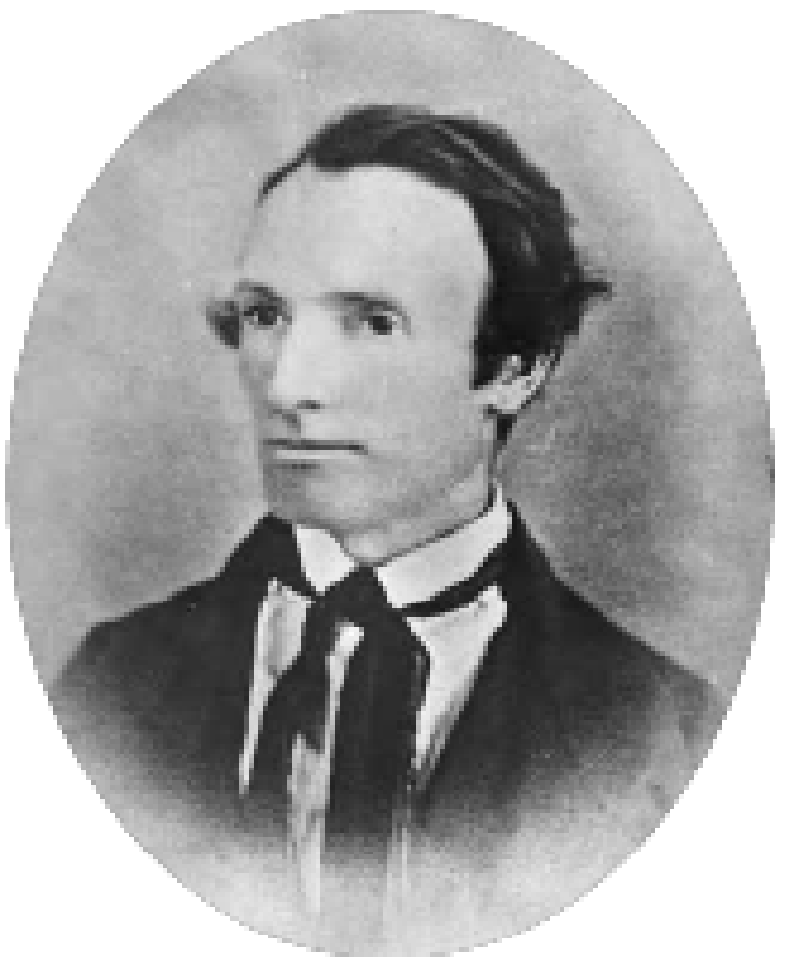
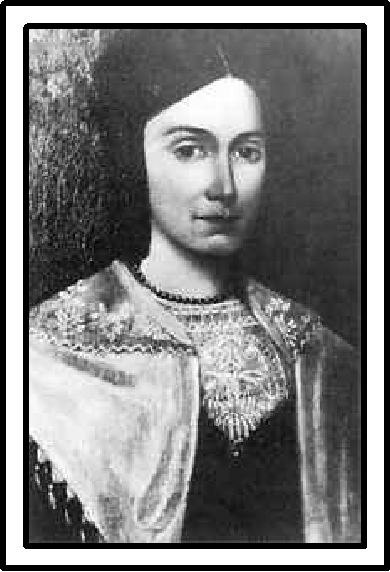
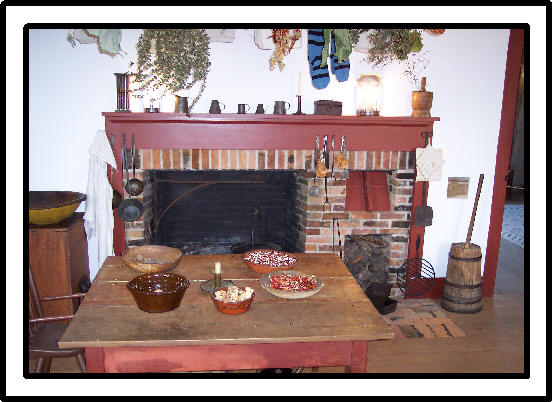
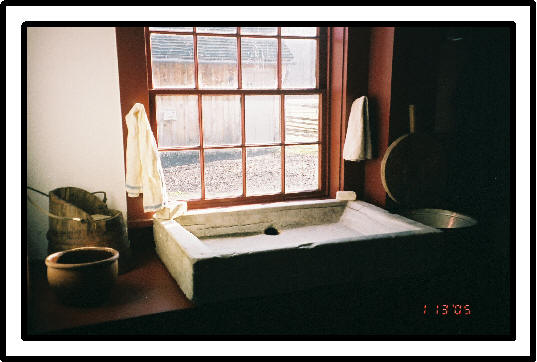
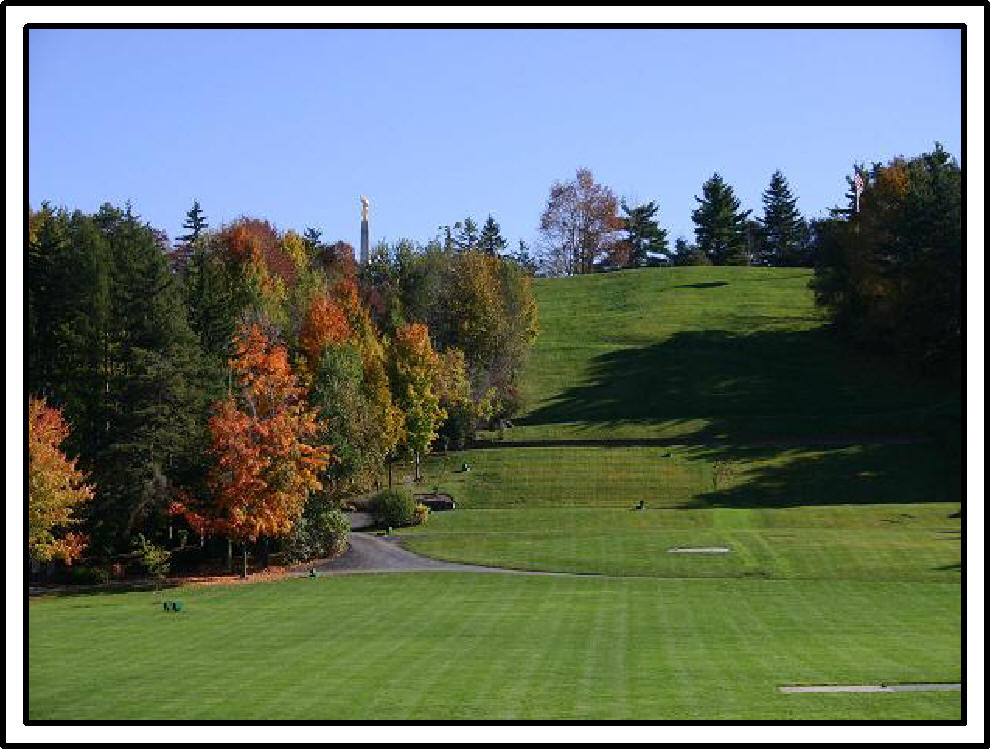
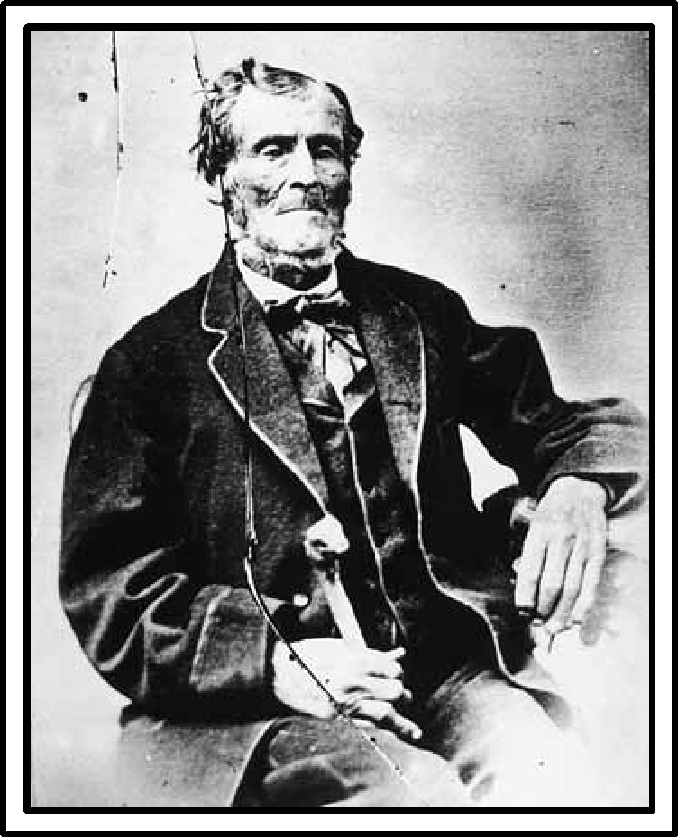
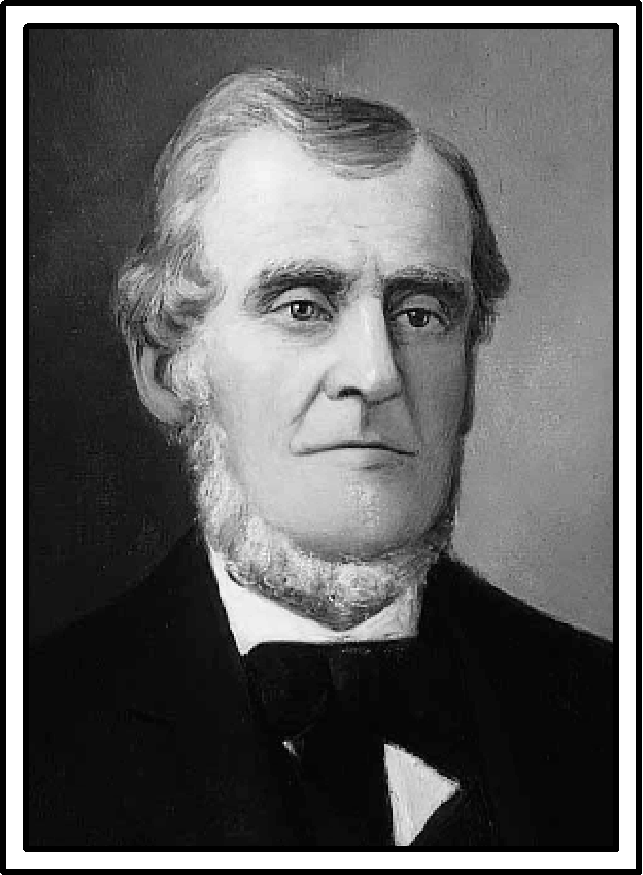

Martin Harris
Except for Joseph Smith, no man played a more varied role in the coming forth of the Book of Mormon than Martin Harris. He provided financial support so the Prophet could move from Manchester, New York, to Harmony, Pennsylvania, in December 1827, helping to fulfill an ancient prophecy (see Isaiah 29:11*12). He also served as scribe, became a witness of the coming forth of the Book of Mormon, financially assisted in its publication, and testified of the truthfulness of the book throughout his life.


Oliver Cowdery
Oliver Cowdery (1806-1850), scribe to Joseph Smith and witness of the Book of Mormon (1829), Second Elder of the Church (1830), and Assistant President of the Church (1834), editor, and lawyer. Cowdery was with Joseph Smith when the Aaronic and Melchizedek priesthoods and keys were restored. After ten years of separation from the Church, he was rebaptized. He died at age forty-three, faithful to his testimony.
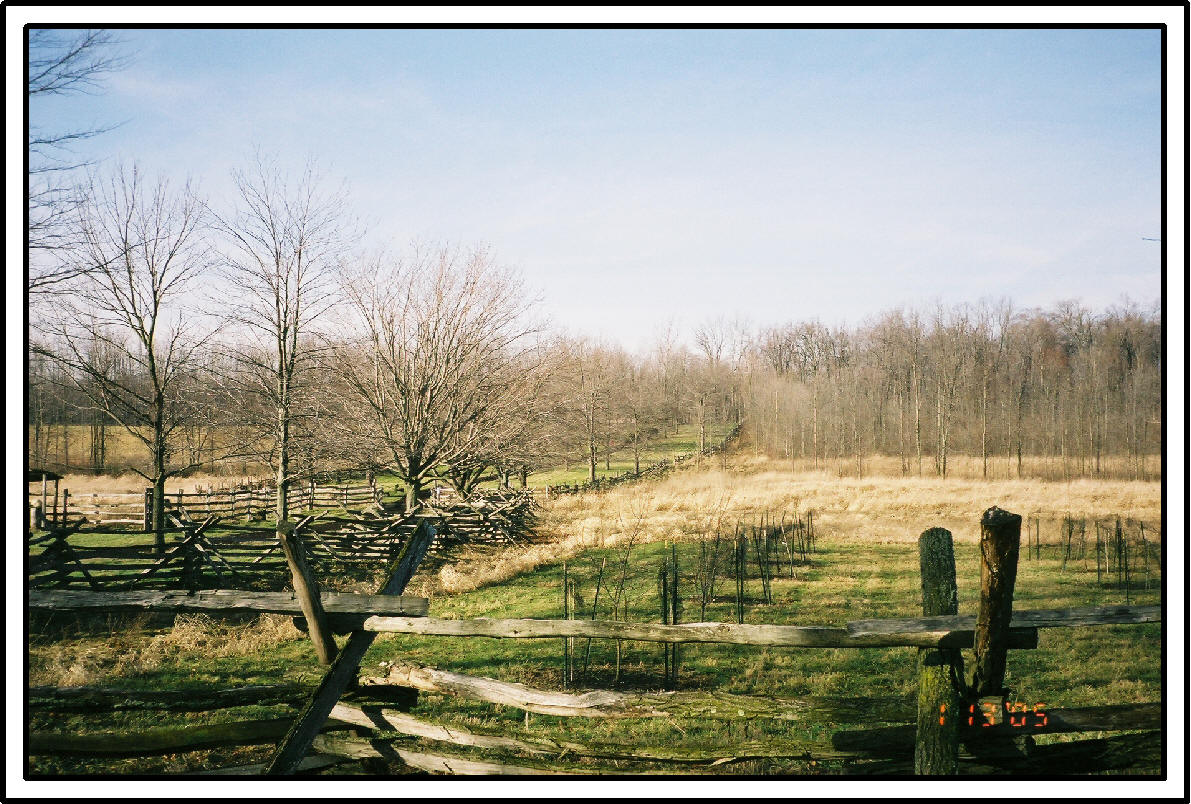
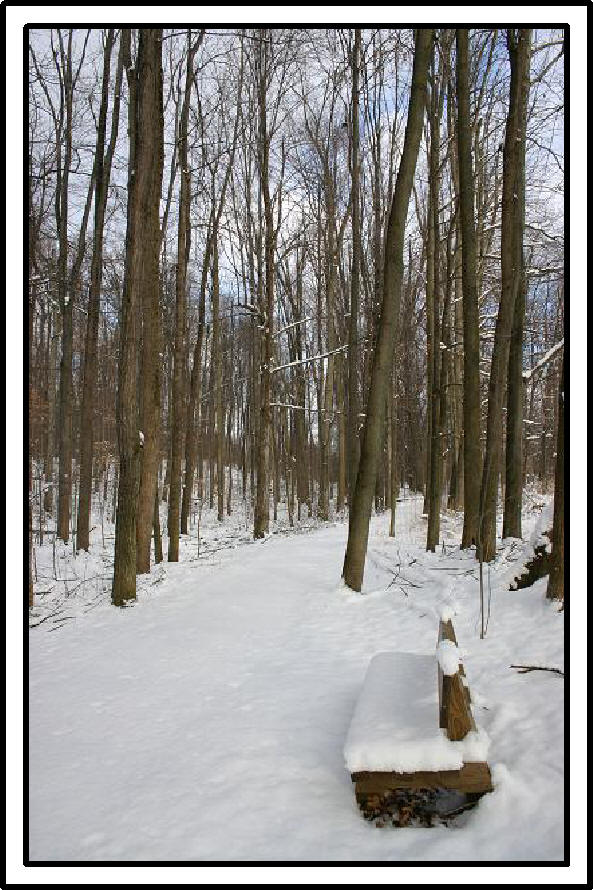
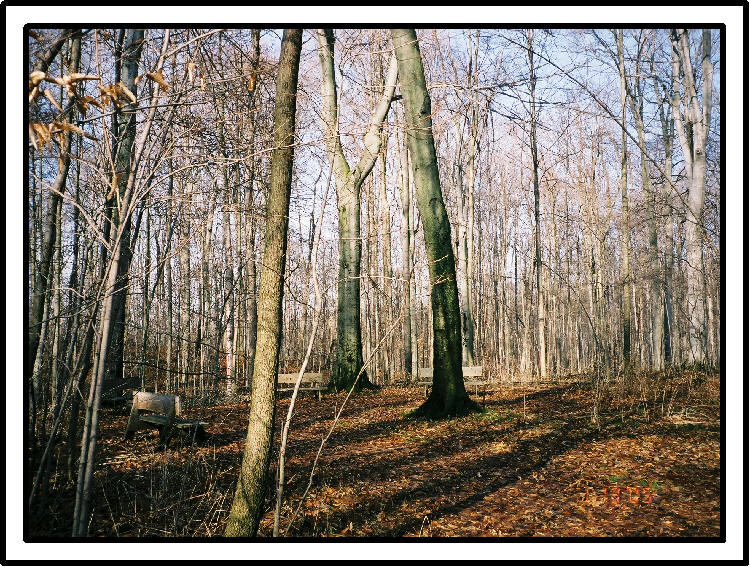
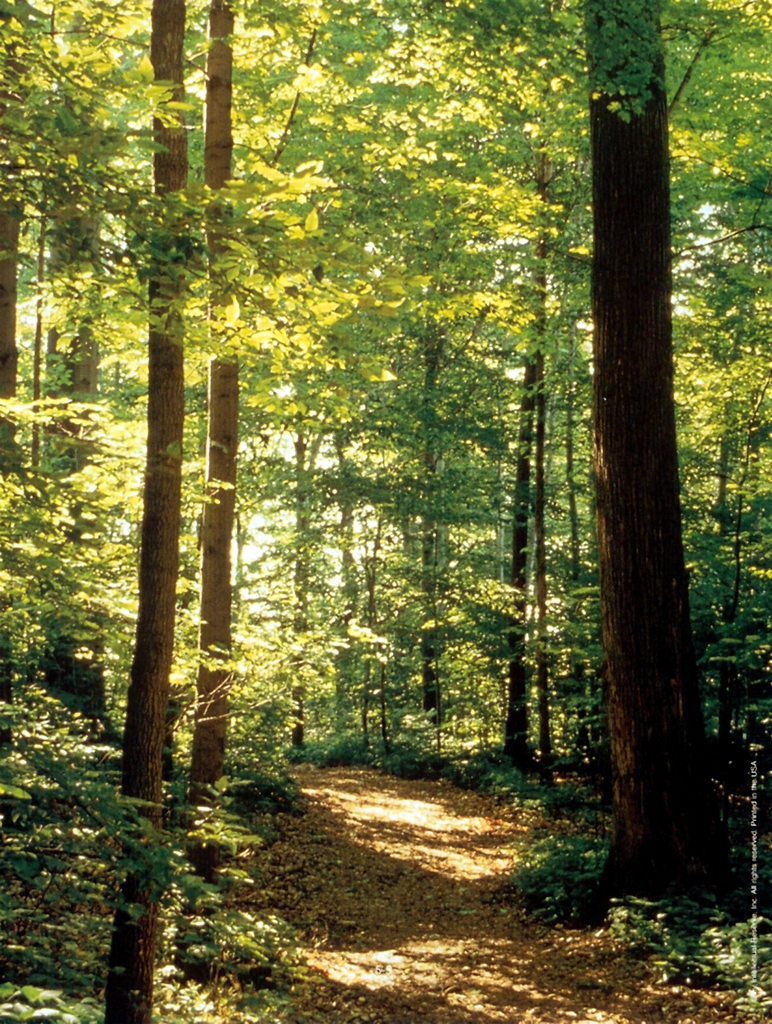
The Sacred Grove
In the spring of 1820, Joseph Smith, Jr. entered this remnant of an ancient forest to kneel in prayer. The vision he beheld of God the father and his son, Jesus Christ, initiated the restoration to the earth of the fullness of the gospel of Jesus Christ.
Nine years later, in late June of 1829, Joseph Smith Jr. gathered a small group of his family and friends to a secluded spot in these woods and showed them the gold plates from which the Book of Mormon was translated. He allowed each of the eight participants to hold the ancient record, turn its pages and examine its characters. They prepared a written testimony, which was published in the Book of Mormon.
Palmyra, New York
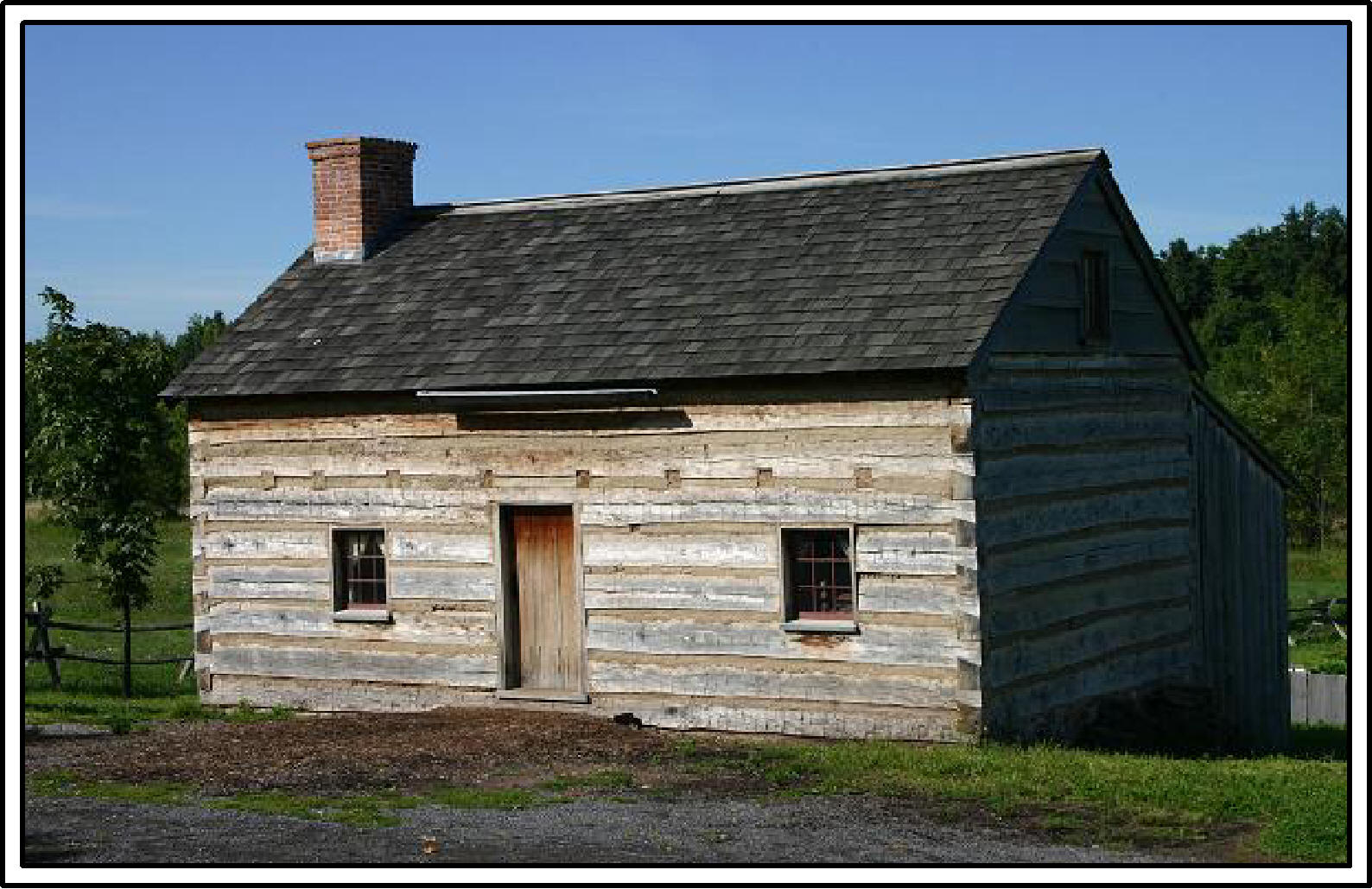
This is a replica of the home where the Smith family once lived. Originally built in 1818, and discovered in a 1982 archaeological dig, the Smith Family Home was reconstructed on the same site and dedicated by Pres. Hinckley in March of 1997.
The Log Home of the Smith Family
Around 1818 Joseph Smith, Sr., his wife, Lucy Mack smith, and their eight children moved from Palmyra village to Stafford Road, just north of the 100 acres they planned to acquire. They built a log home and outbuildings where they resided for approximately seven years.
In late 1825 they moved a few hundred feet south to their new frame home. Their son, Hyrum, had arranged to purchase the eighty acres of land surrounding the log home. Following his marriage to Jerusha Barden, in November of 1826, Hyrum and his wife resided in the log home.
In the spring of 1829, Father and Mother Smith and their younger children returned to the log home where they lived with Hyrum’s family until the fall of 1830.
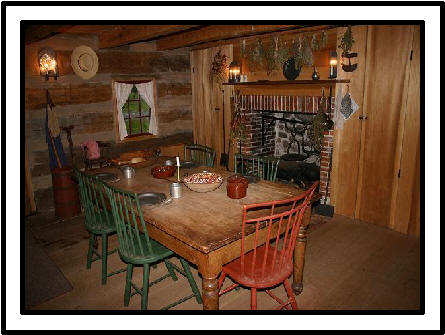
This is the main room in the house, notice the fireplace, where all the cooking was done, they had the cast iron hook where the pot hung over the fireplace, women’s skirts catching on fire was one of the biggest causes of death in that time period next to child birth.
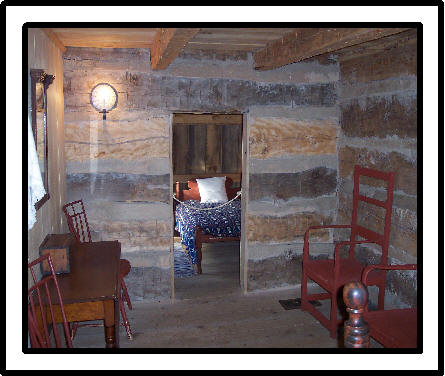
This picture is taken in the “master bedroom” the room that you can see through the door, was known as the “birthing room” or it where sick children stayed.
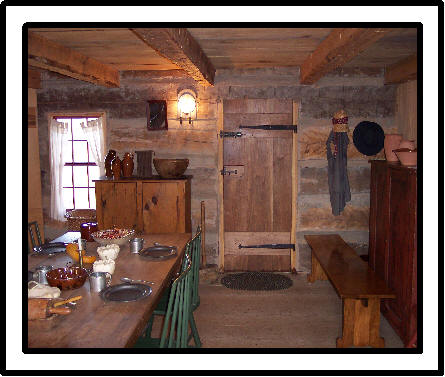
This picture is taken by the front door of the Log home, you can see how small the house is, and how close the back door is.
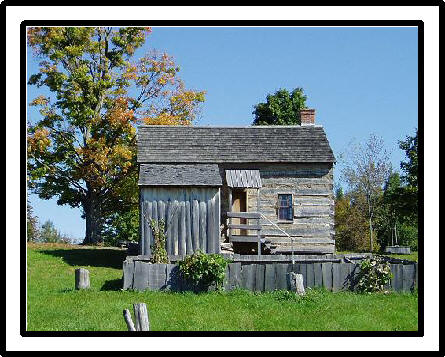
This is the Log House from the back
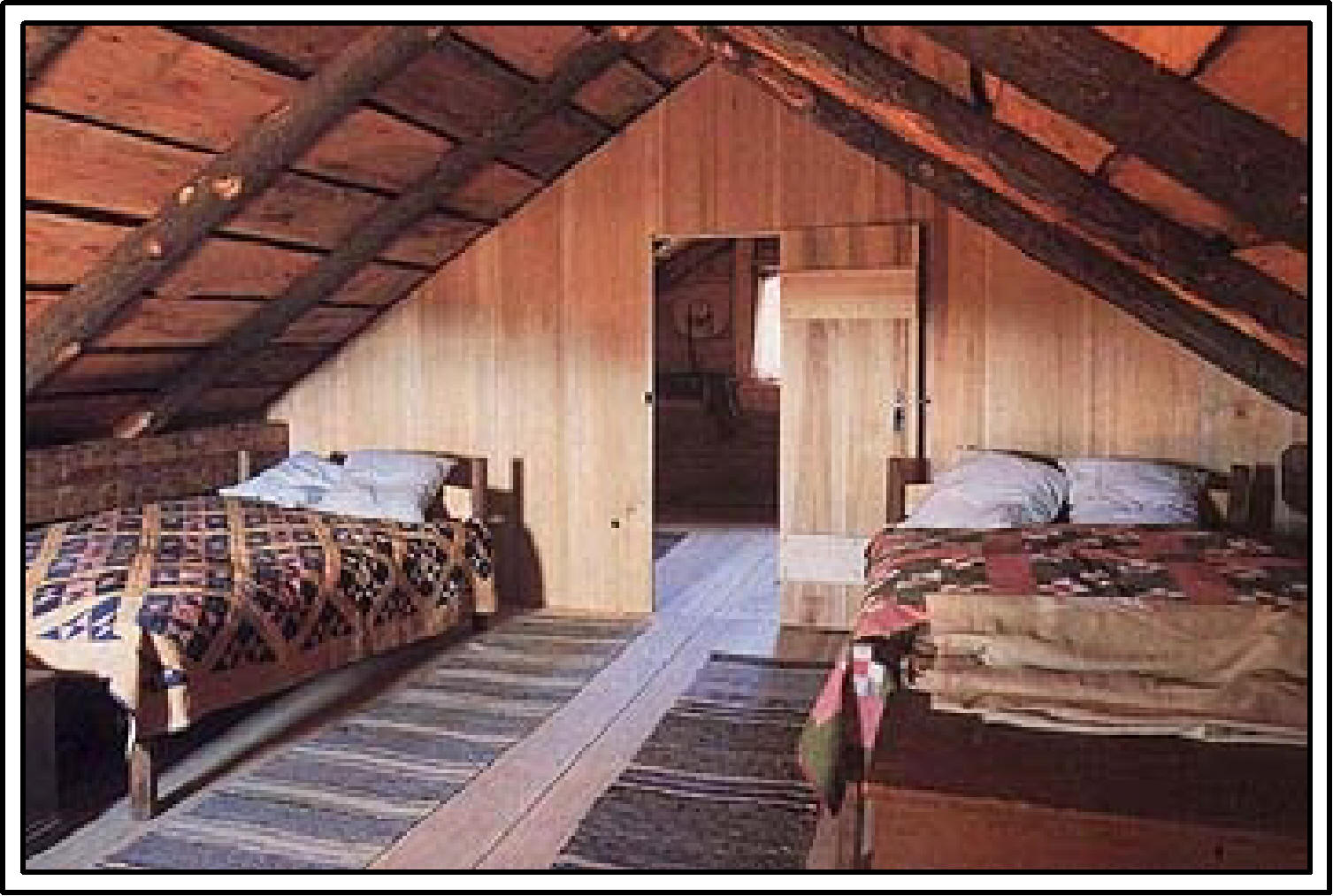
First Appearance of Moroni
Here late in the evening on Sunday, 21 September 1823, seventeen-yearold Joseph retired for the night. Concerned about his standing before the Lord, he earnestly prayed for forgiveness of his sins. He was confident that he would again receive a divine manifestation. Suddenly his room filled with light and a heavenly messenger stood by his bedside in partial
fulfillment of the great prophecy of John the Apostle (see Revelation 14:6*7).
Joseph described this resurrected being: *He had on a loose robe of most exquisite whiteness. It was a whiteness beyond anything earthly I had ever seen; nor do I believe that any earthly thing could be made to appear so exceedingly white and brilliant. His hands were naked, and his arms also, a little above the wrist; so, also, were his feet naked, as were his legs, a little above the ankles. His head and neck were also bare. I could discover that he had no other clothing on but this robe, as it was open, so that I could see into his bosom.
*Not only was his robe exceedingly white, but his whole person was glorious beyond description, and his countenance truly like lightning. The room was exceedingly light, but not so very bright as immediately around his person. When I first looked upon him, I was afraid; but the fear soon left me* (Joseph Smith*History 1:31*32).
The messenger introduced himself as Moroni, a prophet who had lived on the American continent. As holder of the keys of the *stick of Ephraim* (see D&C 27:5), Moroni came at the appointed hour to reveal the existence of a record written on gold plates which had lain hidden in the ground for fourteen centuries. It was *an account of the former inhabitants of this
continent. . . . He also said that the fulness of the everlasting Gospel was contained in it, as delivered by the Savior to the ancient inhabitants* (Joseph Smith*History 1:34). Joseph was to translate the record and publish it; because of this and other things he would be called to do, his name would be known for good and evil among all people (see v. 33).
Moroni cited several passages from the Bible quoting prophets such as Malachi, Isaiah, Joel, and Peter concerning the preparations to be made in the last days for the millennial reign of Christ. This commenced the gospel tutorship of Joseph Smith by Moroni.
So important was Moroni*s message and the need to impress it on the mind of the young Prophet that Moroni returned twice more that night and repeated the same instructions, adding information each time. During the first *interview* Joseph saw in vision the location of the plates (see v. 42).
They were buried in a hillside about three miles from his home. In the second visit, Joseph was told of judgments which were coming upon the earth (see v. 45). At the end of the third visit, Moroni warned Joseph that Satan would try to tempt him to get the plates for their temporal value because of his family*s poverty. Moroni directed seventeen-year-old Joseph that he was to have only one purpose for obtaining the plates and that was to glorify God. Only one motive should influence him, and that was to build God*s kingdom (see v. 46). Through subsequent events the Prophet learned why Moroni had given such admonitions and directions. Joseph*s interviews with Moroni occupied most of the night, for at the end of the third visit he heard a rooster crow. Indeed, a new day of spiritual light was about to dawn. Isaiah spoke of this day as a time when a *marvellous work and a wonder* would come forth (Isaiah 29:14).
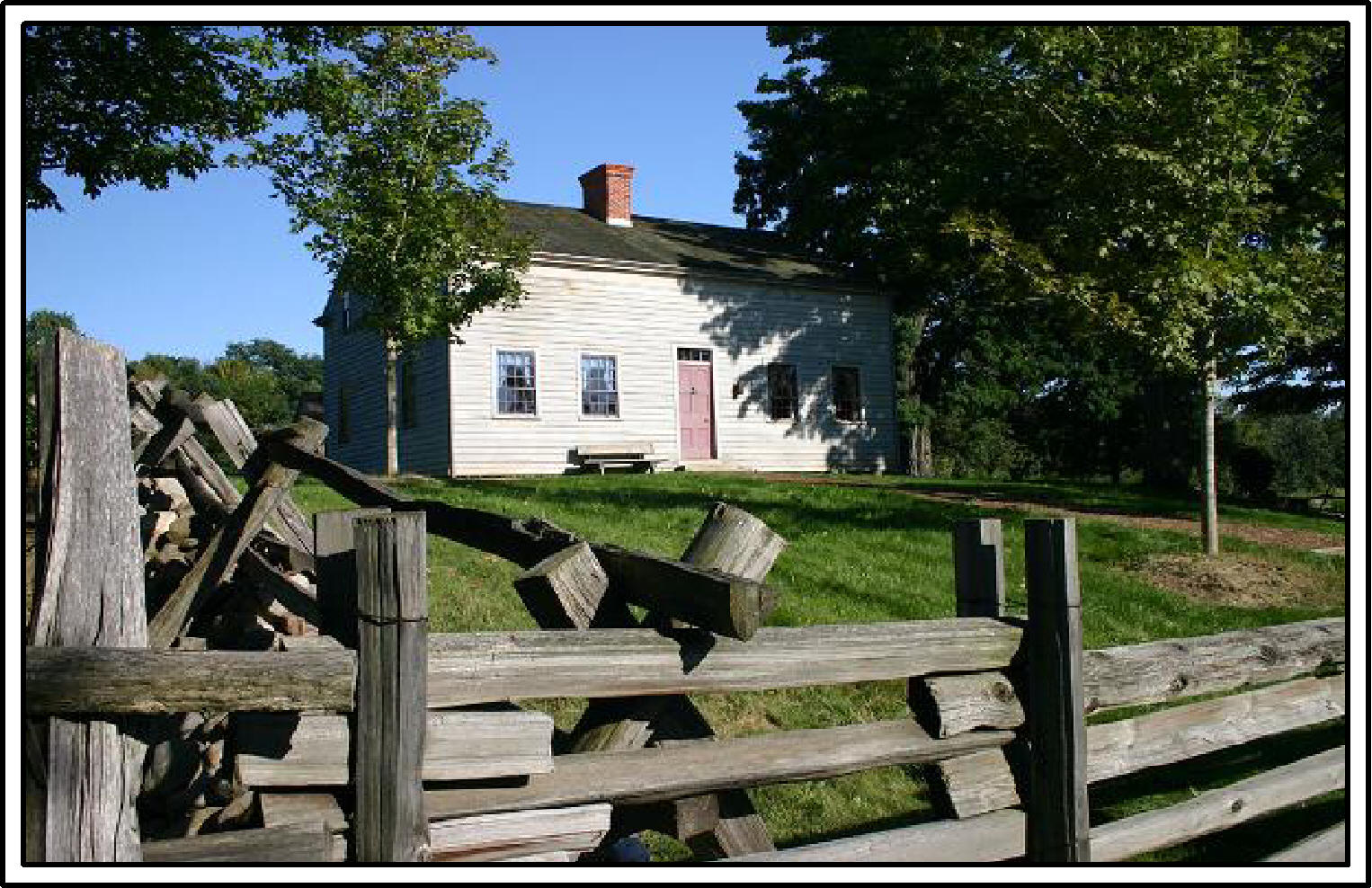
The Framed House
The Smiths’ oldest son, Alvin, planned the construction of this handsome New England-style farmhouse to provide for his future family and to care for his parents in their elderly years. Having apprenticed as a builder, he managed the initial construction himself. By the fall of 1823 the heavy timber frame had been raised. That November Alvin died suddenly, and construction sat idle for months. The Smiths finally moved into the home in late 1825, even though much of the finishing work remained to be done. Joseph was living in the frame home when he received the golden plates from the Angel Moroni in September 1827.
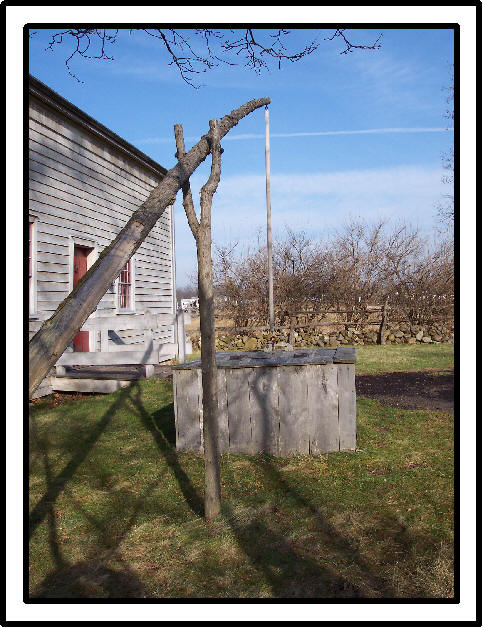
This is a view of the back of the house and the well the family used.
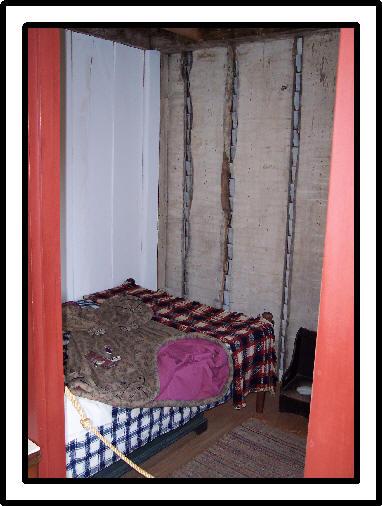
The story is told that in this room, Joseph Smith hid the plates between his two nieces when the mob came to find them, his sister asked them to please search any where they like, but please don’t wake the children. They didn’t and the plates where safe

This is the kitchen in the Framed home. Notice the “Oven” it is on the right side, with the red door.

Another view of the kitchen area

The original soapstone sink still exisits in the Smith’s Frame Home
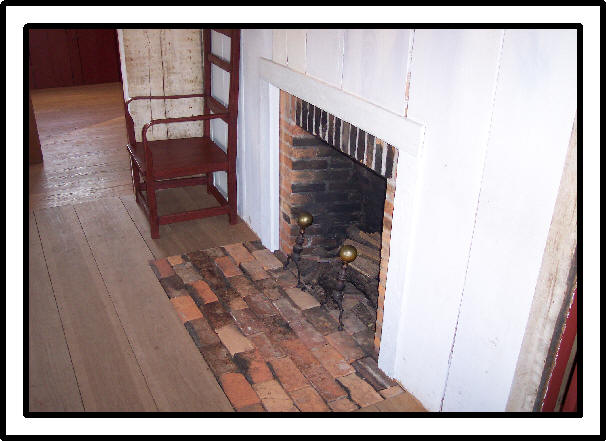
This is the fireplace where it is believed that Joseph Smith hid the plates under the hearth from the mob.
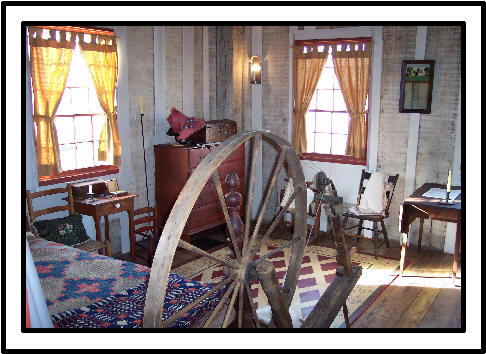
This is a view of a bedroom
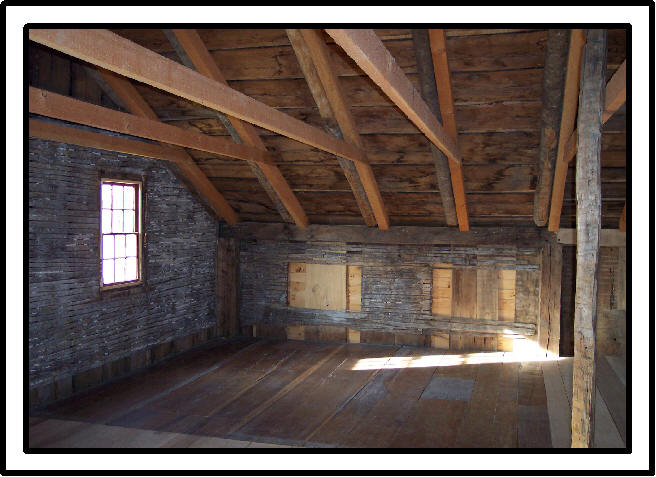
A view of the upstairs of the Framed home.

Another view of the upstairs of the Framed home.
![]()
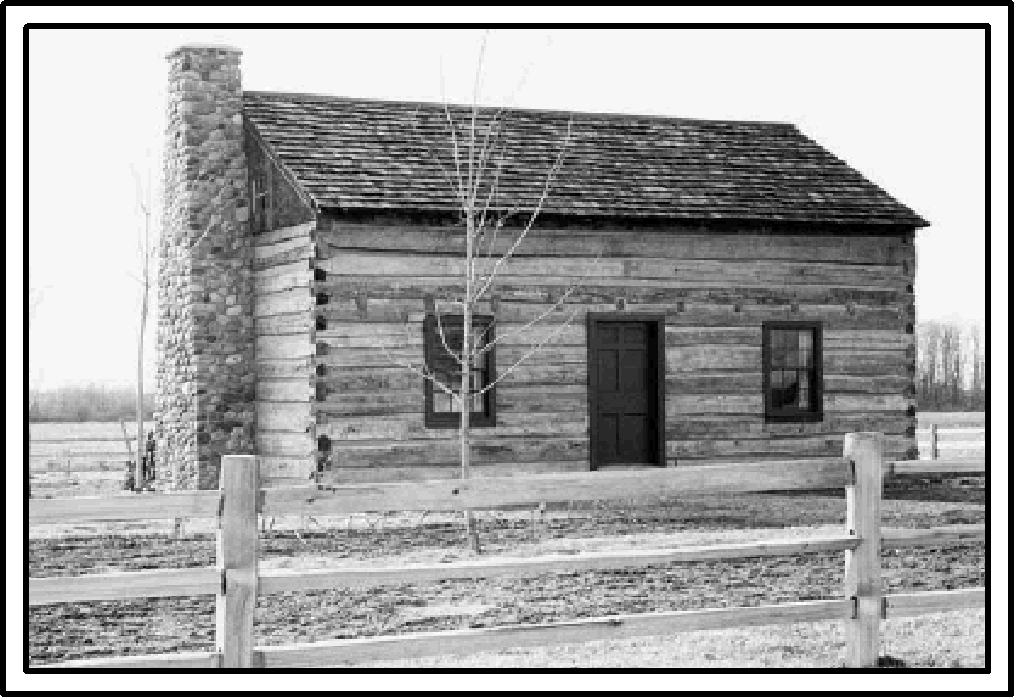

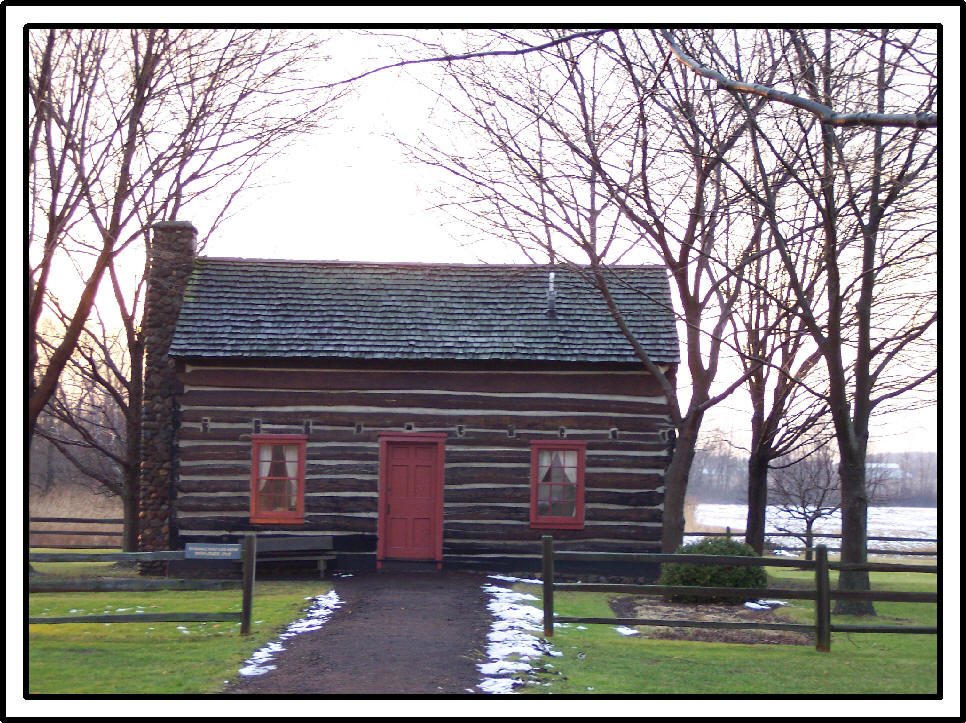

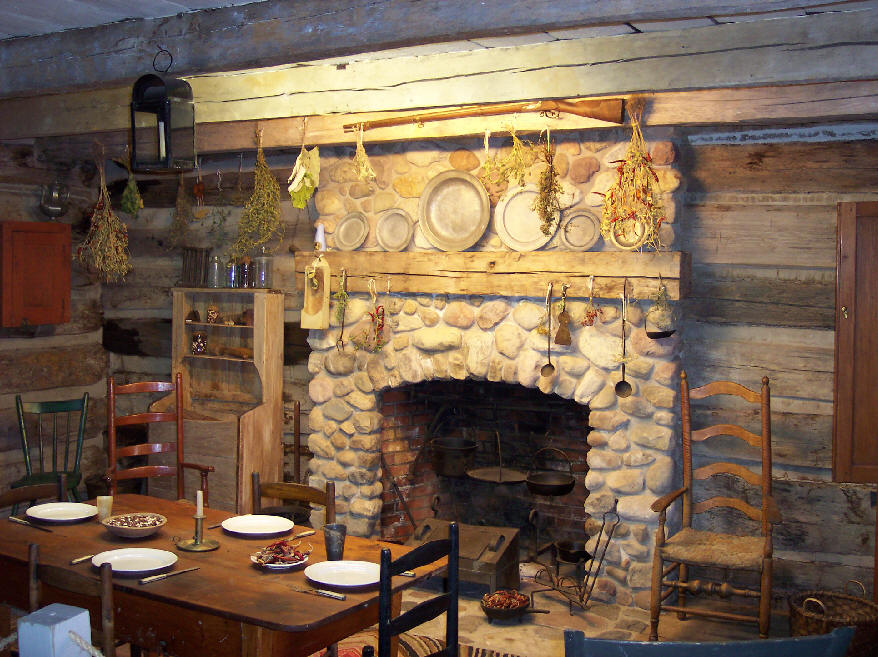

Peter Whitmer Sr homes, this church was organized here. Peter Whitmer, Sr., offered the use of his home for the organization meeting that was scheduled for Tuesday, 6 April, according to the revelation. At the appointed hour, close to sixty people assembled to witness the formal organization of the Church of Jesus Christ. Approximately twenty of these people had come from Colesville, a distance of approximately one hundred miles, to participate in the events of this sacred occasion
![]()
![]()
![]()
![]()
![]()
![]()
![]()
![]()
![]()
![]()
![]()
![]()
![]()
![]()
![]()
![]()
![]()
![]()
![]()
![]()
![]()
![]()
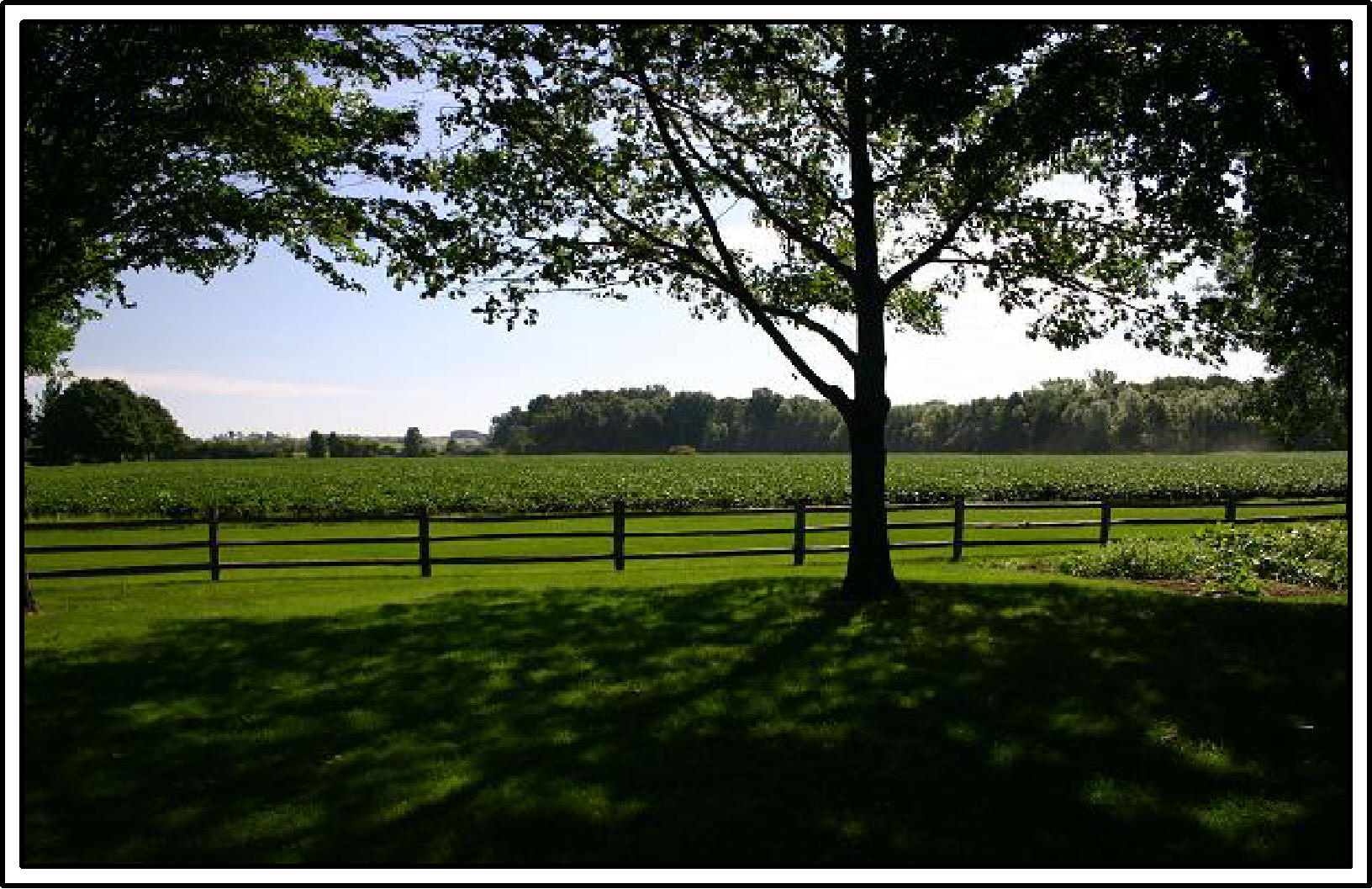

It was late in May, Oliver communicated with David about the possibility of Joseph and Oliver going to stay with the Whitmers in Fayette. In response Peter Whitmer, Sr., David’s father, invited Joseph to stay at his farm home as long as was needed to finish the work of translation. David*s brother John offered to help as Joseph*s scribe. Many people in the Fayette area were anxious to hear more about the work.
A late May planting was essential for successful fall crops; therefore, David Whitmer had to plow and prepare the soil before he could take his two-horse wagon to pick up Joseph Smith and Oliver Cowdery. At the end of a day of plowing he found he had accomplished in one day what normally would have taken two days to do. David*s father was likewise impressed by this apparent miracle. Peter Whitmer, Sr., said, *There must be an overruling hand in this, and I think you would better go down to Pennsylvania as soon as your plaster of paris is sown. (Plaster of paris was used to reduce the acidity of the soil.) The next day David went to the fields to sow the plaster, but to his surprise he found the work had been done. His sister, who lived near the field, said that her children had called her to watch three strangers the day before spread the plaster with remarkable skill. She assumed they were men David had hired. Grateful for this divine intervention, David Whitmer hurried off on the three-day journey to Harmony. Joseph Smith and Oliver Cowdery met him as he approached the town. Although David had not told them exactly when he was coming, Joseph had seen in vision the details of David*s trip to Harmony. These three miracles witnessed by David Whitmer exemplified the Prophet*s seership and the Lord*s intervention for the
successful inauguration of the Restoration.
![]()
![]()
![]()
![]()
![]()
![]()
![]()
![]()
![]()
![]()
![]()
![]()
![]()
![]()
![]()
![]()
![]()
![]()
![]()
![]()
![]()
![]()
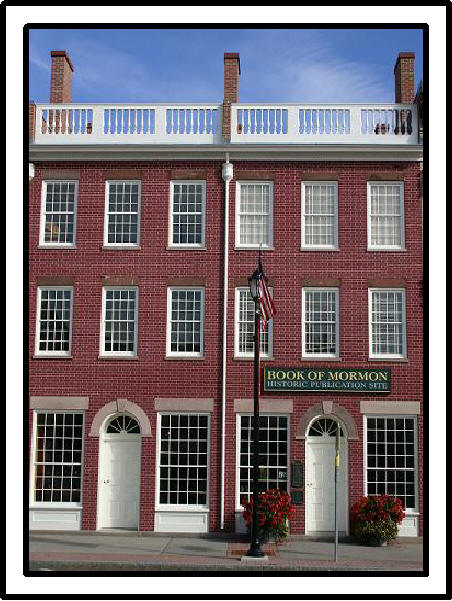

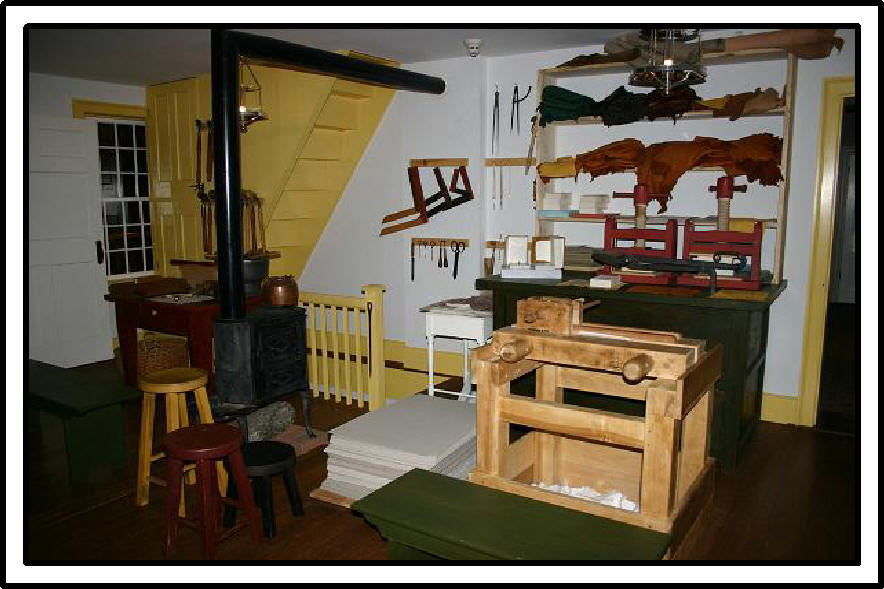

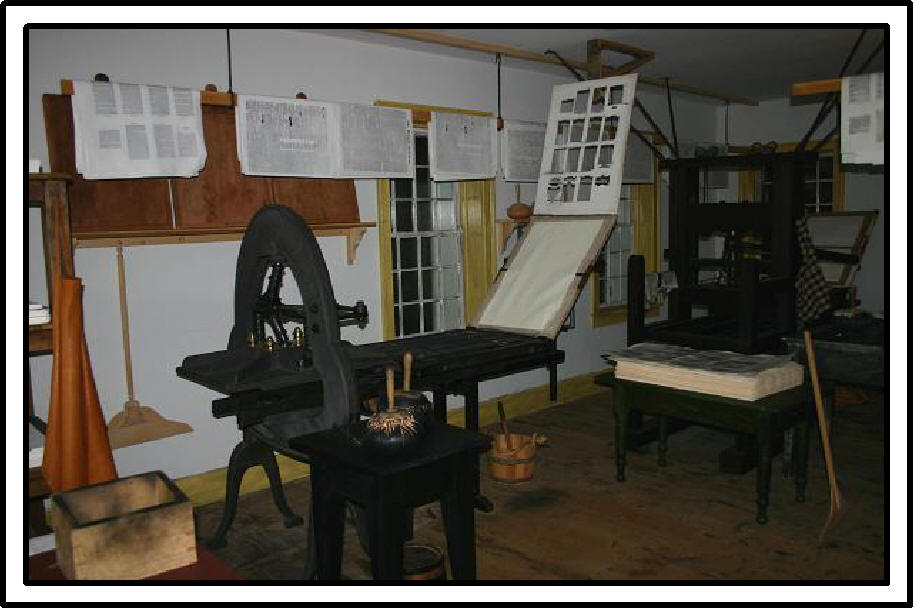

In the early 1800’s Palmyra, New York was bursting with the promise of growth and prosperity. In 1828 it added a new three story building to its bustling business district. That structure was known as Thayer and Grandin’s Row. It was not the excellence of its construction or its striking facade that would give it a place in history but rather, it was the fact that two young men, Joseph Smith Jr., the founder of The Church of Jesus Christ of Latter-day Saints, and Egbert B. Grandin, an aspiring young publisher, signed a contract to publish a book, entitled the Book of Mormon. The year of their agreement was 1829. Through the ensuing years many alterations were made to the building. Now, that part of the building owned by The Church of Jesus Christ of Latter-day Saints has been restored to the way it was in the late 1820’s. On March 26, 1998, the anniversary of the first printing of the Book of Mormon in 1830, the restored part of the building was dedicated. Visitors are invited to come to this Historic Site, see the building, the printing presses and observe the printing sequence in the room where the printing of the Book of Mormon actually took place. The visitor will also be able to walk through the bindery and into the store where the Book of Mormon was first sold. Of course, there is much more.
![]()
![]()
![]()
![]()
![]()
![]()
![]()
![]()
![]()
![]()
![]()
![]()
![]()
![]()
![]()
![]()
![]()
![]()
![]()
![]()
![]()
![]()
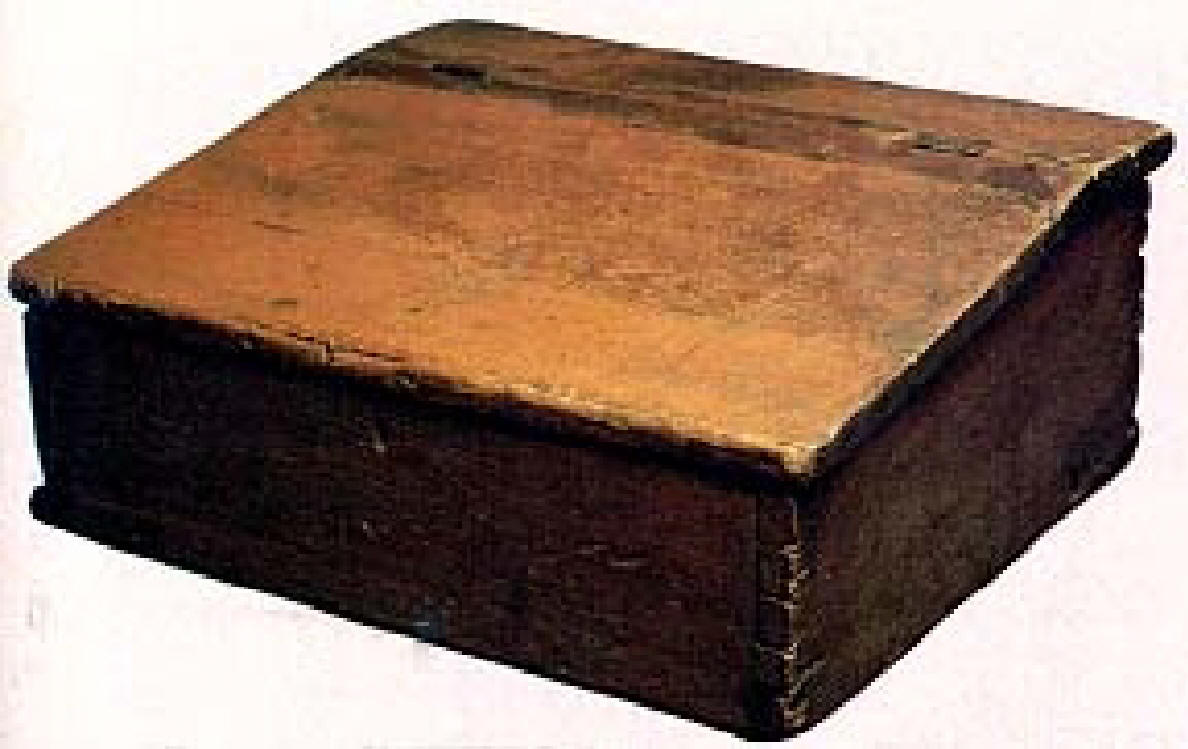

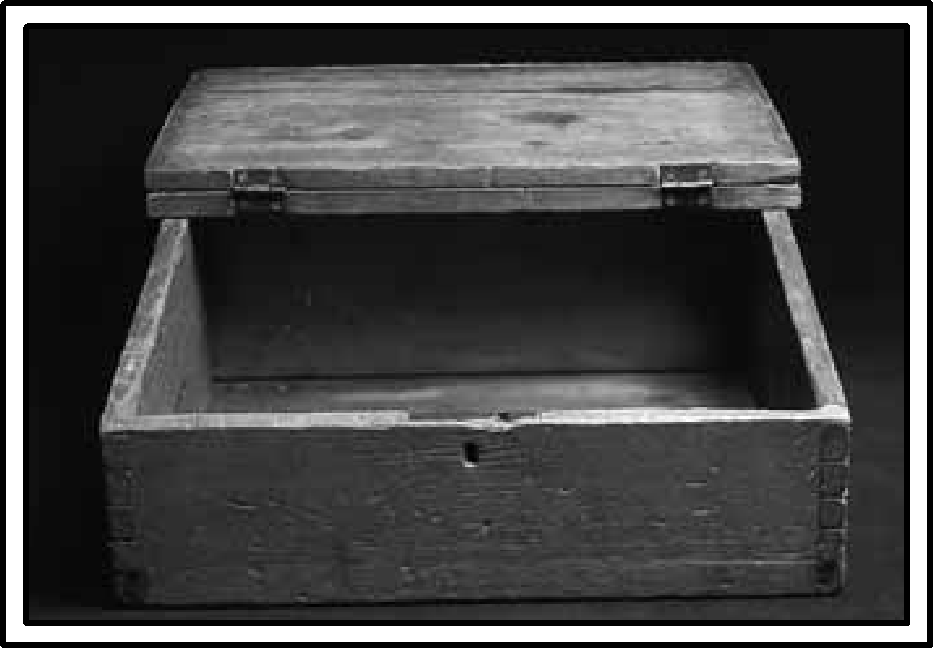

This is the wooden box the Prophet hid the plates in. The inside measurement of the box is 14* x 16*. The depth is 6 1/4* sloping to 4*. The wood is 3/4* thick. The lid and bottom are walnut, and the sides are made from boxwood. The box was used as a lap desk, which explains the sloped top. The box is in the possession of Patriarch Eldred G. Smith.
![]()
![]()
![]()
![]()
![]()
![]()
![]()
![]()
![]()
![]()
![]()
![]()
![]()
![]()
![]()
![]()
![]()
![]()
![]()
![]()
![]()
![]()
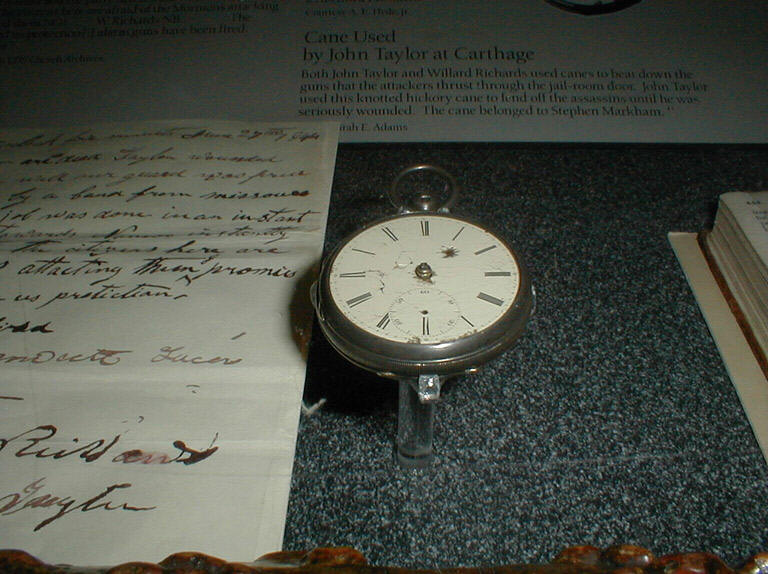

About the John Taylor attempted to jump out of the window, but was hit by gunfire. A shot through the window from below hit the watch in his vest pocket, stopping it at 5:16 and knocking him back into the room. He fell to the floor and was shot again in his left wrist and below his left knee. Rolling to get under the bed, he was hit again from the stairway, the bullet tearing away his flesh at the left hip. His blood was splattered on the floor and the wall.
John Taylor (1808–87), a member of the Quorum of the Twelve Apostles since 19 December 1838, was severely wounded at Carthage. He and Willard Richards became the apostolic witnesses to the shedding of the innocent blood of Joseph and Hyrum Smith. John Taylor presided over the Church from the death of Brigham Young on 29 August 1877 until his own death on 25 July 1887.
![]()
![]()
![]()
![]()
![]()
![]()
![]()
![]()
![]()
![]()
![]()
![]()
![]()
![]()
![]()
![]()
![]()
![]()
![]()
![]()
![]()
![]()
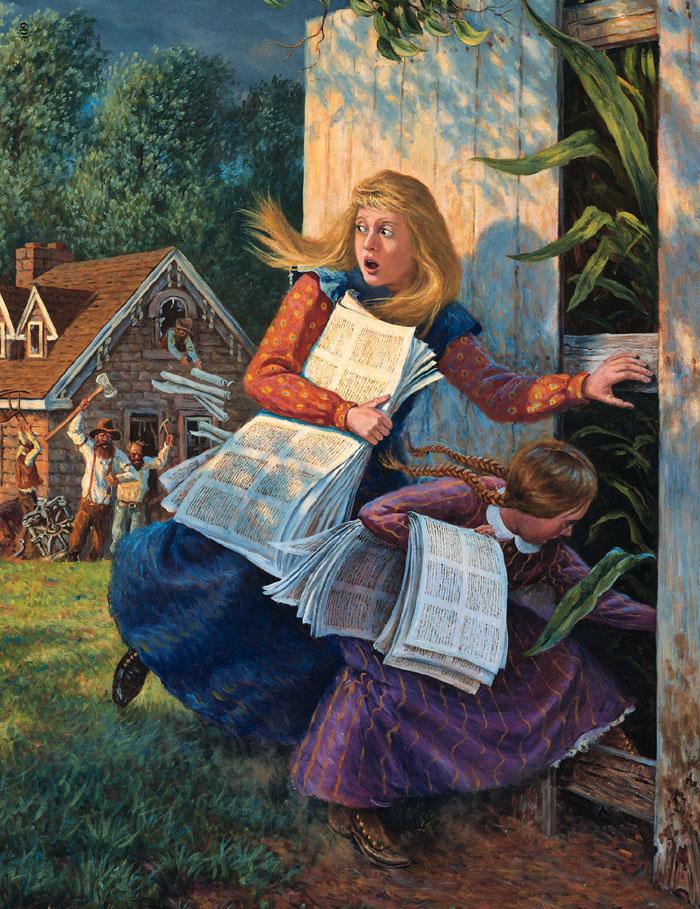

Saving the Book of Commandments
In July 1833, people in Independence, Jackson County, Missouri, were angry with the Mormons and wanted them to leave. A mob broke into William W. Phelps’s print shop and threw his printing press and printed pages out the window. The pages contained revelations given to the Prophet Joseph Smith that were to be bound into a book called the Book of Commandments. Two girls, Mary Elizabeth Rollins and her sister Caroline, were hiding nearby and decided to save as many pages as possible. They ran out, filled their arms with papers, and hid in a cornfield. The mob tried to find the girls but failed. The pages the girls saved and others were later used to make up copies of the Book of Commandments. Today the contents of this book are part of the Doctrine and Covenants.
![]()
![]()
![]()
![]()
![]()
![]()
![]()
![]()
![]()
![]()
![]()
![]()
![]()
![]()
![]()
![]()
![]()
![]()
![]()
![]()
![]()
![]()


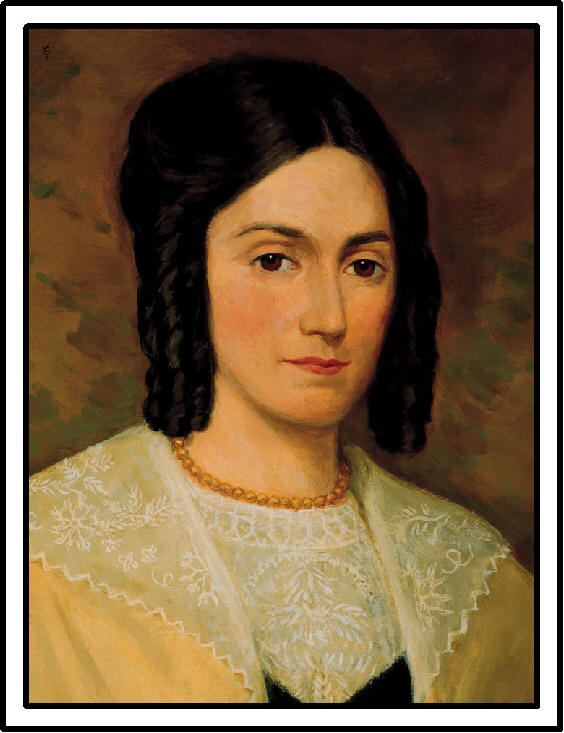

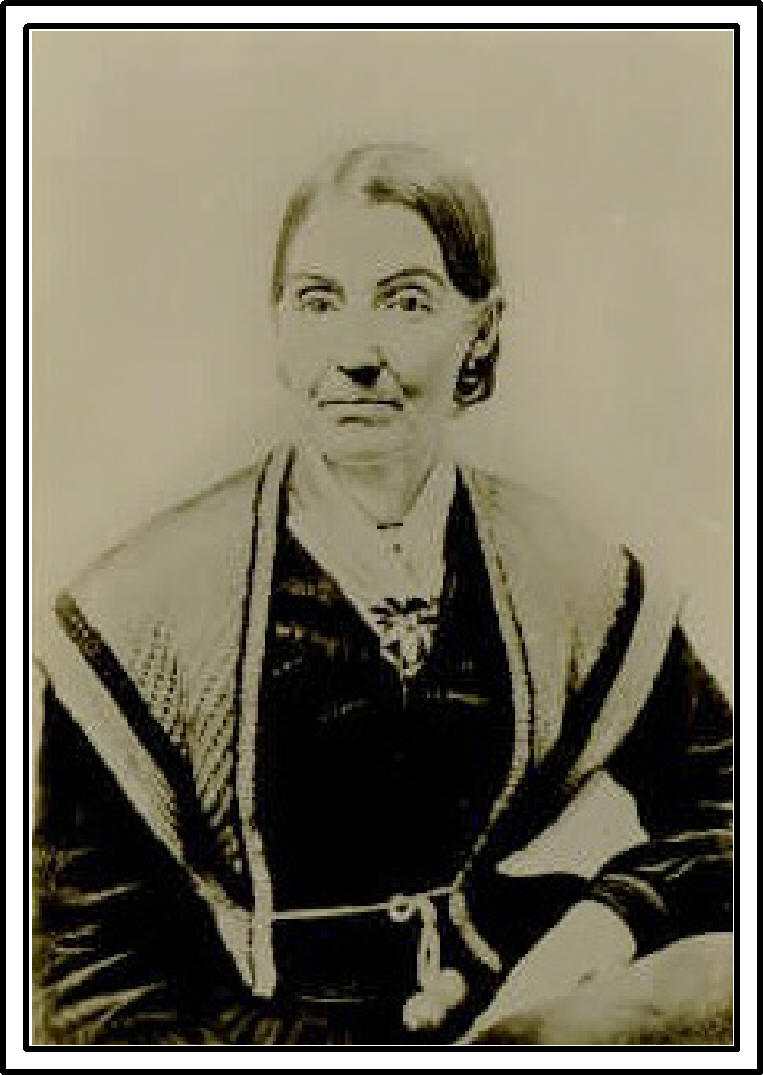

Emma Hale Smith
Emma Hale Smith was the wife of Joseph Smith, prophet of the Restoration. She was born 10 July 1804 to Isaac and Elizabeth Lewis Hale, who were the first permanent settlers in Harmony, Pennsylvania. Emma met Joseph when he boarded at her father’s inn while working near Harmony. They were married 18 January 1827. That fall Joseph received the gold plates and began to translate them as directed by the Lord. Emma served as a scribe during the early part of the translation of the Book of Mormon.
![]()
![]()
![]()
![]()
![]()
![]()
![]()
![]()
![]()
![]()
![]()
![]()
![]()
![]()
![]()
![]()
![]()
![]()
![]()
![]()
![]()
![]()


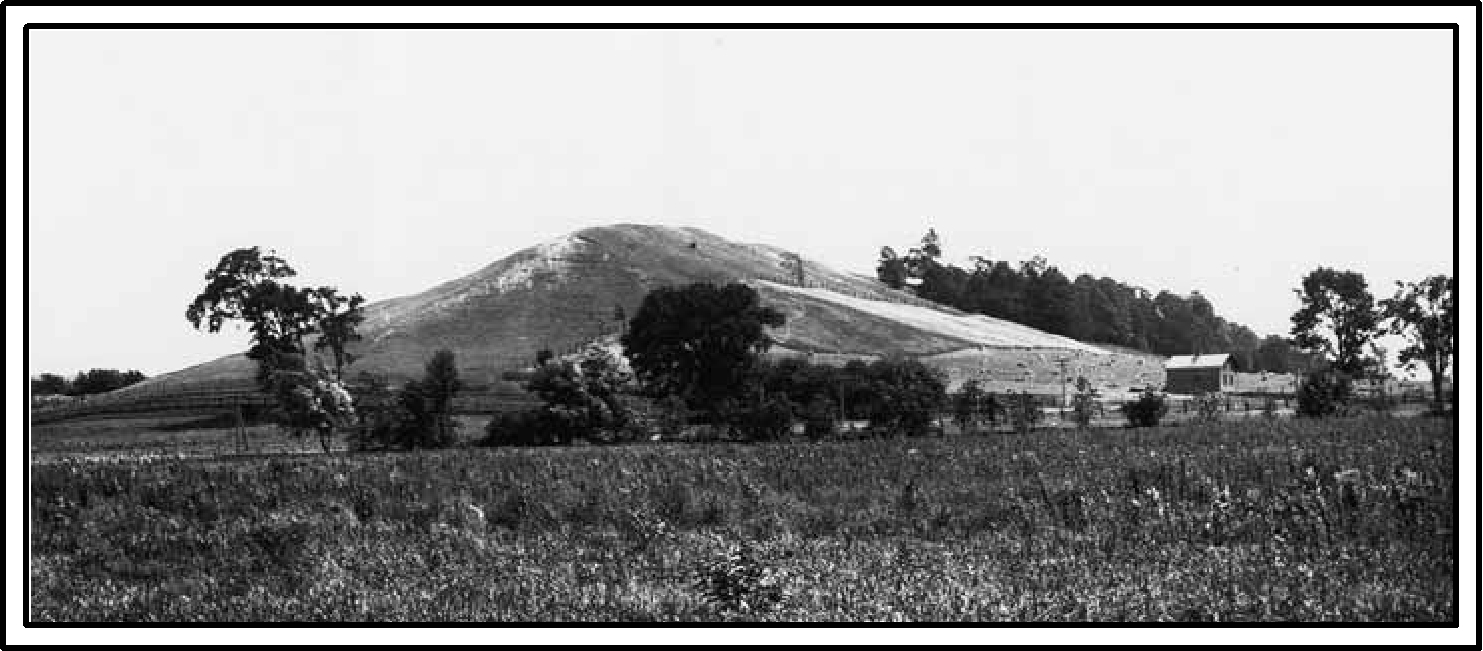

The Hill Cumorah is a drumlin, a long hill with steep sides and a sloping end formed under an advancing continental ice sheet. Drumlins in this region run north and south. Oliver Cowdery, who visited the hill in 1830, described it: *The north end rose suddenly from the plain, forming a promontory without timber, but covered with grass. As you passed to the south you soon came to scattering timber, the surface having been cleared by art or by wind; and a short distance further left, you are surrounded with the common forest of the country. . . . It was at the second mentioned place where the record was found to be deposited, on the west side of the hill, not far from the top down its side.*
Hill Cumorah is the most notable of many hills, or drumlins, in New York State’s Finger Lakes region. The hill figures prominently in events that led to the organization of The Church of Jesus Christ of Latter-day Saints.
In A.D. 421, Moroni, the last survivor of a great civilization that had inhabited the Americas since about 600 B.C., buried in this hill a set of gold plates on which was recorded the history of his people. In 1827, Moroni returned as an angel and delivered the plates to Joseph Smith, who translated them and published them as the Book of Mormon: Another Testament of Jesus Christ.
![]()
![]()
![]()
![]()
![]()
![]()
![]()
![]()
![]()
![]()
![]()
![]()
![]()
![]()
![]()
![]()
![]()
![]()
![]()
![]()
![]()
![]()
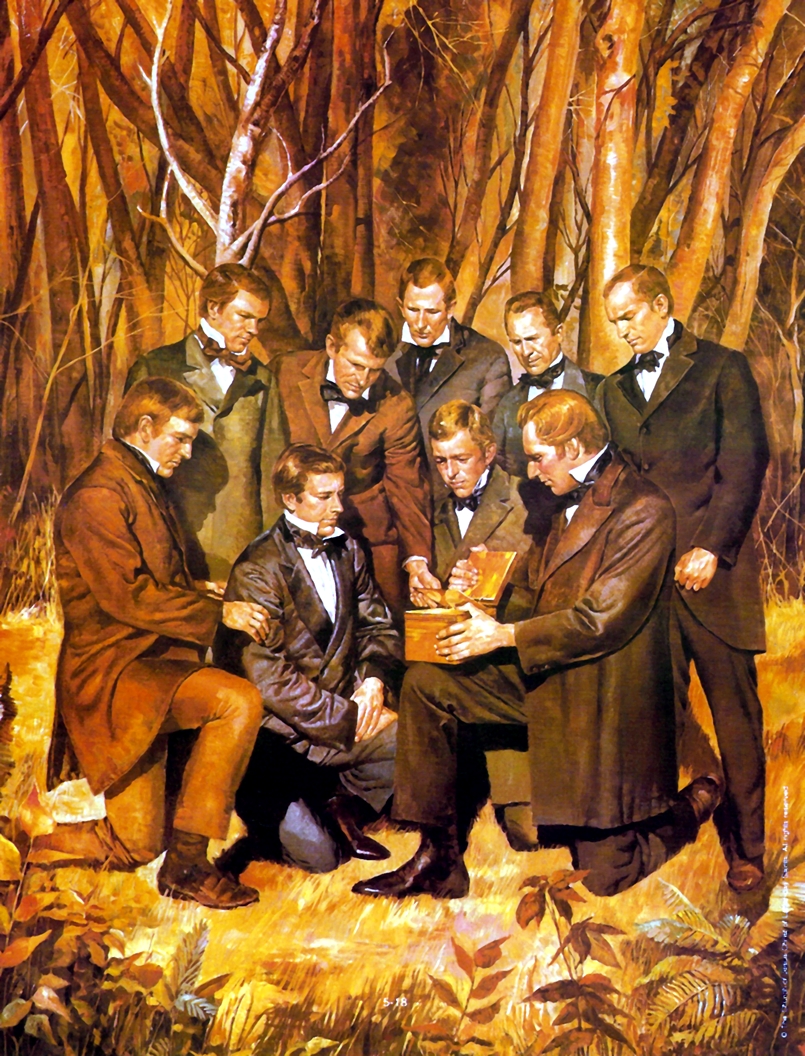

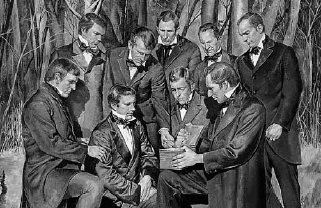

Joseph Smith and the Eight Witnesses,
Joseph Smith allowing the eight witnesses to see and touch the gold plates from which the Book of Mormon was translated. “We did handle with our hands; and we also saw the engravings thereon, all of which has the appearance of ancient work, and of curious workmanship. And this we bear record with words of soberness.”
![]()
![]()
![]()
![]()
![]()
![]()
![]()
![]()
![]()
![]()
![]()
![]()
![]()
![]()
![]()
![]()
![]()
![]()
![]()
![]()
![]()
![]()
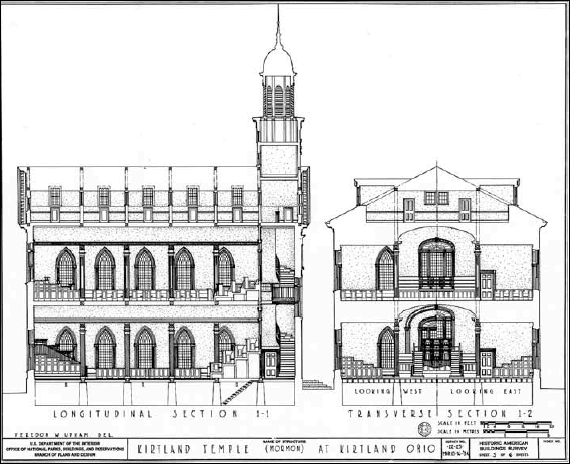

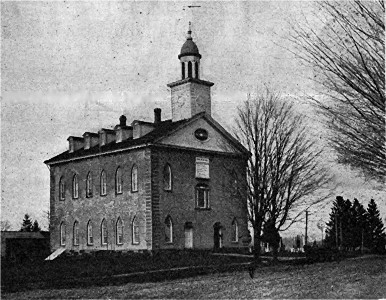

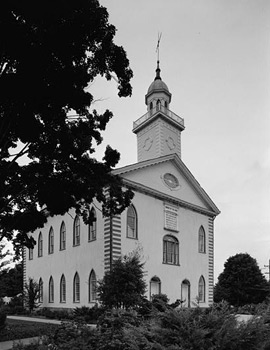

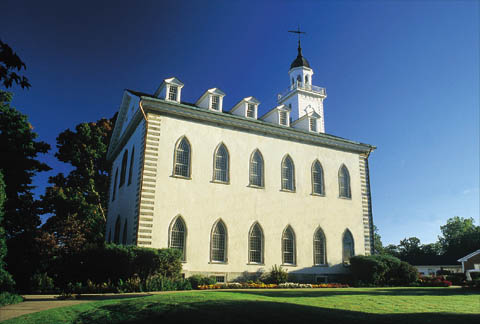

The Kirtland Temple is located in Kirtland, Ohio.
The Kirtland Temple was the first temple built in this dispensation (D&C 88:119; 95). In this temple, Joseph Smith saw a vision of the celestial kingdom (D&C 137). It was dedicated on 27 March 1836 (D&C 109). On 3 April 1836, the Savior appeared and accepted the temple as a place in which he would reveal his word to his people (D&C 110:1-10). Following this appearance, Joseph Smith and Oliver Cowdery received visits from Moses, Elias, and Elijah, all of whom gave them certain priesthood keys and important information (D&C 110:11-16). This temple served the Saints for some two years before they had to flee Kirtland because of persecution.
The Church of Jesus Christ no longer owns the Kirtland Temple as it was lost when the Saints fled Kirtland a few years after it was built.
![]()
![]()
![]()
![]()
![]()
![]()
![]()
![]()
![]()
![]()
![]()
![]()
![]()
![]()
![]()
![]()
![]()
![]()
![]()
![]()
![]()
![]()
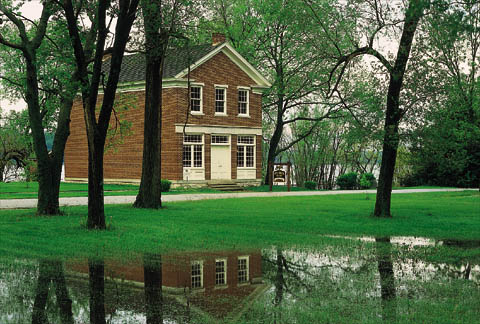

In this building, the Relief Society was organized on 17 March 1842.
This reconstruction of Joseph Smith*s store and office is located in Nauvoo, Illinois. It was one of the most important buildings in the Church during the Nauvoo period. Not only serving as a general store, it also became the center of social, economic, political, and religious activities. Joseph Smith maintained an office on the second floor.
Before the temple was completed, the upper room of the store was used as an ordinance room, where the first full endowments were given. On 17 March 1842, the Prophet Joseph organized the women of the Church into the Relief Society.
![]()
![]()
![]()
![]()
![]()
![]()
![]()
![]()
![]()
![]()
![]()
![]()
![]()
![]()
![]()
![]()
![]()
![]()
![]()
![]()
![]()
![]()
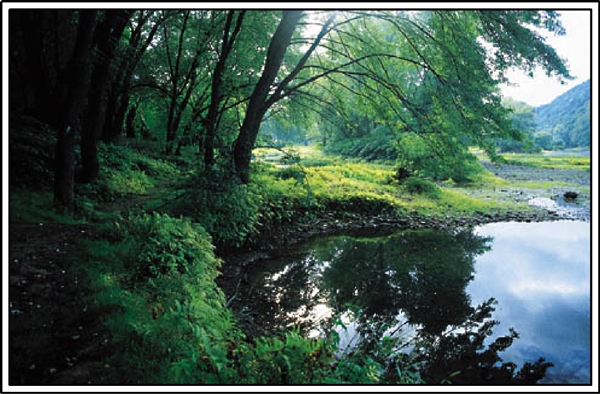

The Aaronic and Melchizedek Priesthoods were restored on the banks of this river (see D&C 13; 128:20).
This photograph shows the Susquehanna River in Harmony Township, Pennsylvania.
Joseph Smith Jr. first came to Harmony in 1825 to find employment. He and his father boarded near here in the Isaac Hale home, where Joseph first met Emma Hale, his future wife (JS-H 1:56-57). Joseph and Emma were married 18 January 1827. The Prophet received the gold plates 22 September 1827 at Manchester, New York, and soon thereafter moved with Emma to Harmony, where he began translating the plates in their small home near the river. During the translation of the Book of Mormon, Joseph and Oliver Cowdery wanted to know more about baptism and walked to the river to pray to the Lord concerning the subject. In answer to this prayer, John the Baptist appeared on 15 May 1829 (JS-H 1:66-74; D&C 13). He conferred the Aaronic Priesthood on Joseph and Oliver. They then went into this river and baptized each other for the remission of sins. Joseph and Oliver were then directed by John the Baptist to ordain one another to the Aaronic Priesthood. Soon thereafter, Peter, James, and John appeared on the banks of this river and conferred on Joseph and Oliver the Melchizedek Priesthood (D&C 27:12-13; 128:20).
![]()
![]()
![]()
![]()
![]()
![]()
![]()
![]()
![]()
![]()
![]()
![]()
![]()
![]()
![]()
![]()
![]()
![]()
![]()
![]()
![]()
![]()
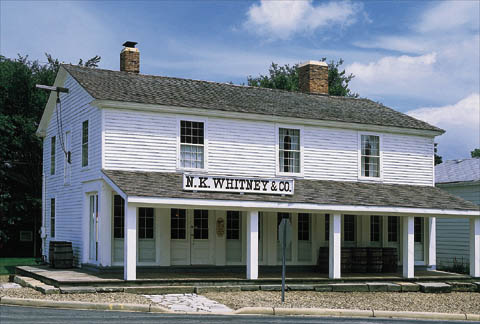

The revelation that became known as the Word of Wisdom (see D&C 89) was received here, along with other revelations.
This store played a major role in the history of the Church in Kirtland. Joseph and Emma Smith lived here for a short while. It became the headquarters of the Church in 1832. Several significant revelations were received here. The School of the Prophets was held in the store from 24 January 1833 until sometime in April 1833.
The Prophet Joseph received the revelation on the Word of Wisdom (D&C 89). He did much of the work on the translation of the Bible here.
![]()
![]()
![]()
![]()
![]()
![]()
![]()
![]()
![]()
![]()
![]()
![]()
![]()
![]()
![]()
![]()
![]()
![]()
![]()
![]()
![]()
![]()
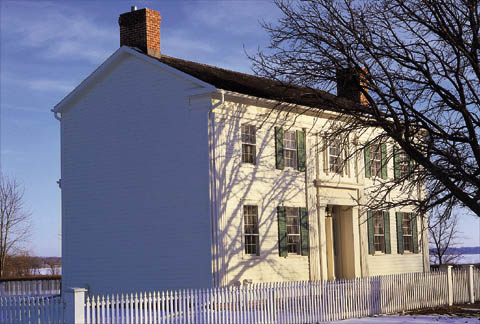

The Prophet Joseph Smith’s family home beginning in 1843. In the early days of the Church, this was a center of social life among the Saints.
Joseph Smith Jr. and his family moved into the Mansion House in Nauvoo in August 1843. Later a wing was added to the east side of the main structure for a total of 22 rooms. Beginning in January 1844, Ebenezer Robinson managed the house as a hotel, and the Prophet maintained 6 of the rooms for his family. The house served somewhat as a social center of Nauvoo society. Important dignitaries were received here by the Prophet.
On 27 June 1844 the Prophet Joseph and his brother Hyrum were shot and killed in Carthage, Illinois, and their bodies were brought to this house to lie in state prior to the funeral. They are buried in a small family cemetery plot just across Main Street, west of the old log home that Joseph lived in when he first came to Nauvoo. Emma Smith lived in the Mansion House until 1871. Then she moved into the Nauvoo House, where she died in 1879.
![]()
![]()
![]()
![]()
![]()
![]()
![]()
![]()
![]()
![]()
![]()
![]()
![]()
![]()
![]()
![]()
![]()
![]()
![]()
![]()
![]()
![]()
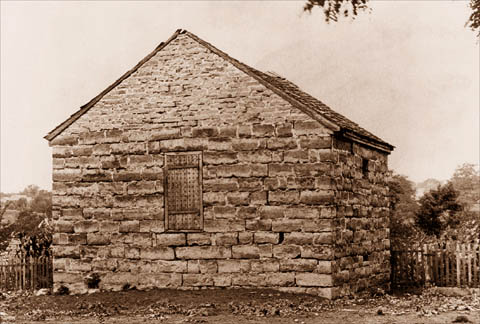

While unjustly imprisoned here (1838-39), the Prophet Joseph Smith received the revelation now recorded in Doctrine and Covenants 121-123.
A small jail located in Liberty, Missouri. Joseph Smith and five other brethren were held prisoner within its four-foot thick walls from 1 December 1838 until 6 April 1839. (Sidney Rigdon was released at the end of February.) Confined to the lower level or dungeon portion of the building, they slept on the cold rock, straw-strewn floor with little light and scant protection from the cold winter.
The Prophet Joseph, pleading for the thousands of Latter-day Saints being driven from Missouri, received an answer to his prayer, which he penned in a letter to the exiled Saints (D&C 121-123).
![]()
![]()
![]()
![]()
![]()
![]()
![]()
![]()
![]()
![]()
![]()
![]()
![]()
![]()
![]()
![]()
![]()
![]()
![]()
![]()
![]()
![]()




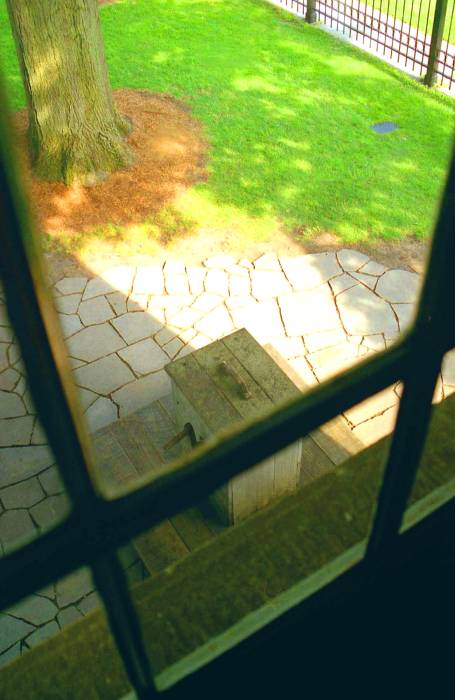





The jailhouse in the town of Carthage, Illinois.
Joseph Smith and his brother Hyrum rode to Carthage on 24 June 1844. They were cast into this jail on 25 June on false charges of treason. On 27 June a mob of about 100 men with blackened faces stormed the jail. Both Joseph and Hyrum were shot to death, and John Taylor was wounded several times. Incredibly, Willard Richards was not injured. John Taylor later wrote the inspired memorial now found in Doctrine and Covenants 135.
More on Carthage Jail
The jail was begun in 1839 and completed two years later at a cost of $4,105. It was used for about twenty-five years. Later it was used as a private residence and became one of the nicest homes in Carthage. Under the direction of President Joseph F. Smith, the Church purchased the building and property in 1903 for $4,000. In 1938 the Church restored the building.
![]()
![]()
![]()
![]()
![]()
![]()
![]()
![]()
![]()
![]()
![]()
![]()
![]()
![]()
![]()
![]()
![]()
![]()
![]()
![]()
![]()
![]()
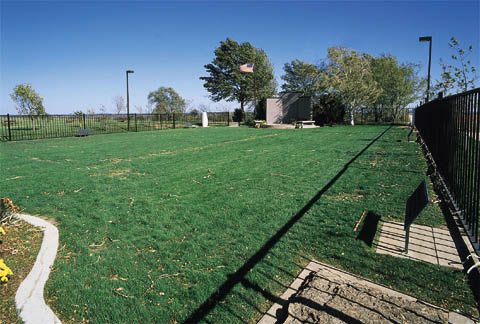

In 1838 the Lord commanded the Saints to build a temple here (see D&C 115:7-8). Mob persecution prevented them from doing so.
The settlement of Far West, Missouri, became the home for 3,000 to 5,000 Saints who sought refuge from persecution in Jackson and Clay Counties. On 31 October 1838 the Prophet Joseph Smith and other Church leaders were arrested and, after a committing trial in Richmond, imprisoned in Liberty Jail. During the winter of 1838-39, the Latter-day Saints were driven from Far West and other sites in Missouri and relocated in Illinois.
A temple site was dedicated and the cornerstones were laid. Seven revelations published in the Doctrine and Covenants were received (sections 113-15; 117-20). Joseph F. Smith, the sixth President of the Church, was born 13 November 1838 in Far West. Far West served briefly as the headquarters of the Church under the Prophet Joseph Smith.
![]()
![]()
![]()
![]()
![]()
![]()
![]()
![]()
![]()
![]()
![]()
![]()
![]()
![]()
![]()
![]()
![]()
![]()
![]()
![]()
![]()
![]()
The front page of a first edition of the Book of Mormon
![]()
![]()
![]()
![]()
![]()
![]()
![]()
![]()
![]()
![]()
![]()
![]()
![]()
![]()
![]()
![]()
![]()
![]()
![]()
![]()
![]()
![]()
The Palmyra Temple
The Palmyra Temple is one of the most significant temples in the Church. Despite the fact that the temple is one of the new small temples, following the same design as more than a dozen other operating temples, the Palmyra Temple has deep historical and spiritual significance and incorporates several features that are unique among all temples, not just the small ones.
Palmyra is where this dispensation began, in 1820 Joseph Smith saw Heavenly Father and Jesus in a grove of trees just a short distance from the temple. In 1823 he received the Plates containing the Book of Mormon from the hill Cumorah which is also less than a mile from the temple.
The Palmyra Temple was the 100th temple announced by the Church and was planned to be the 100th temple dedicated but delays on other temple projects made it the 77th temple dedicated. It was dedicated on the 6th of April 2000, exactly 170 years from the date of the organization of the Church, in Fayette New York, a short drive away from the temple site.
Among the architectural details that make the Palmyra Temple unique are the stained glass windows found throughout the temple. Originally the Church planned to install a single mural of stained glass depicting the First Vision in one of the hallways of the temple. However, the artist that the Church commissioned to create the mural, suggested including stained glass windows in the building, all of them depicting the trees of the sacred grove. The First Presidency agreed, and now the temple is graced with over 17,000 pieces of hand cut colored glass in windows in the front lobby, the Baptistry, the Sealing Rooms, and the Celestial Room, as well as the original mural.
President Hinckley wanted patrons of the temple to be able to see the sacred grove from with in the temple so the three windows in the front lobby that overlook the sacred grove include one clear pane and two stained glass ones. Most windows in Church temples are tinted or curtained so that the world and its associated cares are symbolically shut out. In this case an small piece of the world that served as a temple for a few moments in 1820, is brought in.
The concrete used in the temple also has a unique feature. All of the primary children in the temple district painted their names on small rocks. These rocks were then placed into the concrete used to make the walkway and landing leading to the temple.
The temple was announced on 21 February 21 1999.
![]()
![]()
![]()
![]()
![]()
![]()
![]()
![]()
![]()
![]()
![]()
![]()
![]()
![]()
![]()
![]()
![]()
![]()
![]()
![]()
![]()
![]()
The Original Nauvoo Temple
![]()
![]()
![]()
![]()
![]()
![]()
![]()
![]()
![]()
![]()
![]()
![]()
![]()
![]()
![]()
![]()
![]()
![]()
![]()
![]()
![]()
![]()
The Modern Nauvoo Temple

